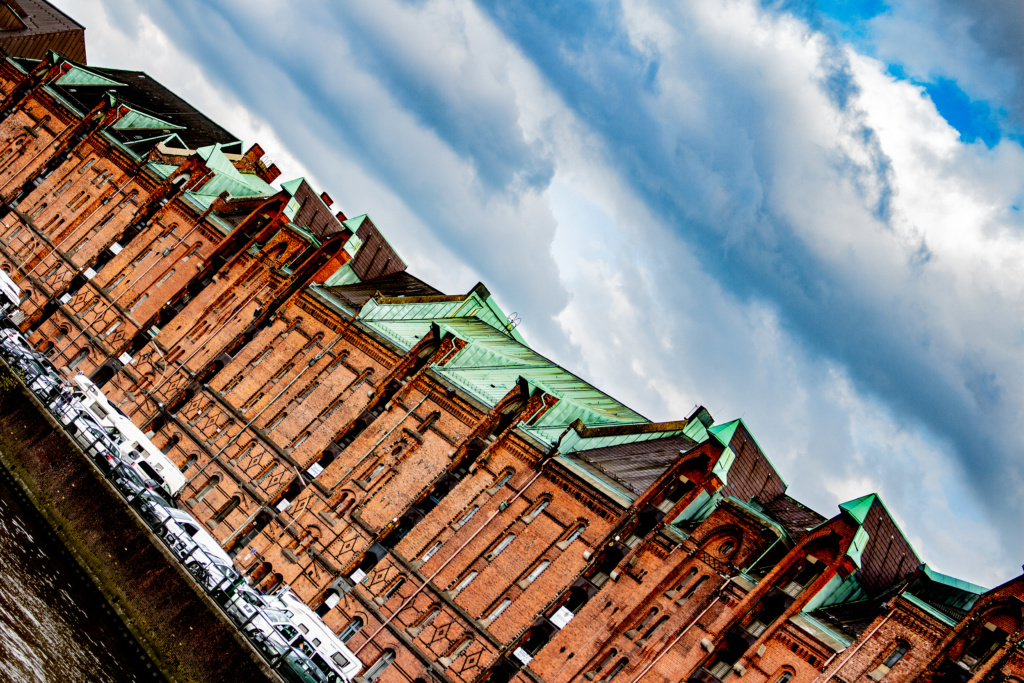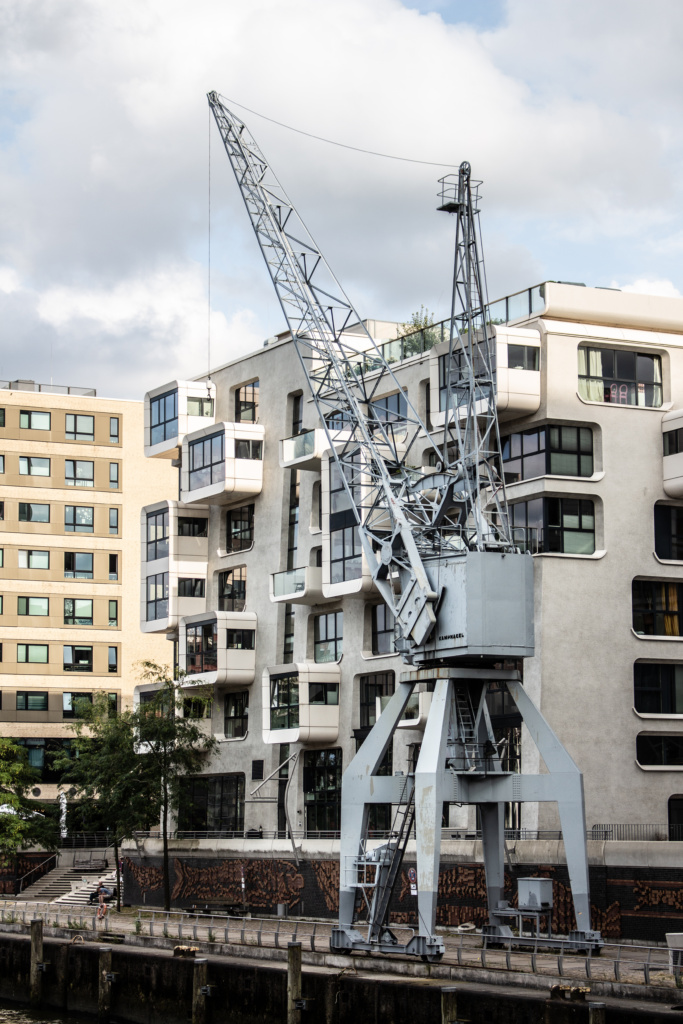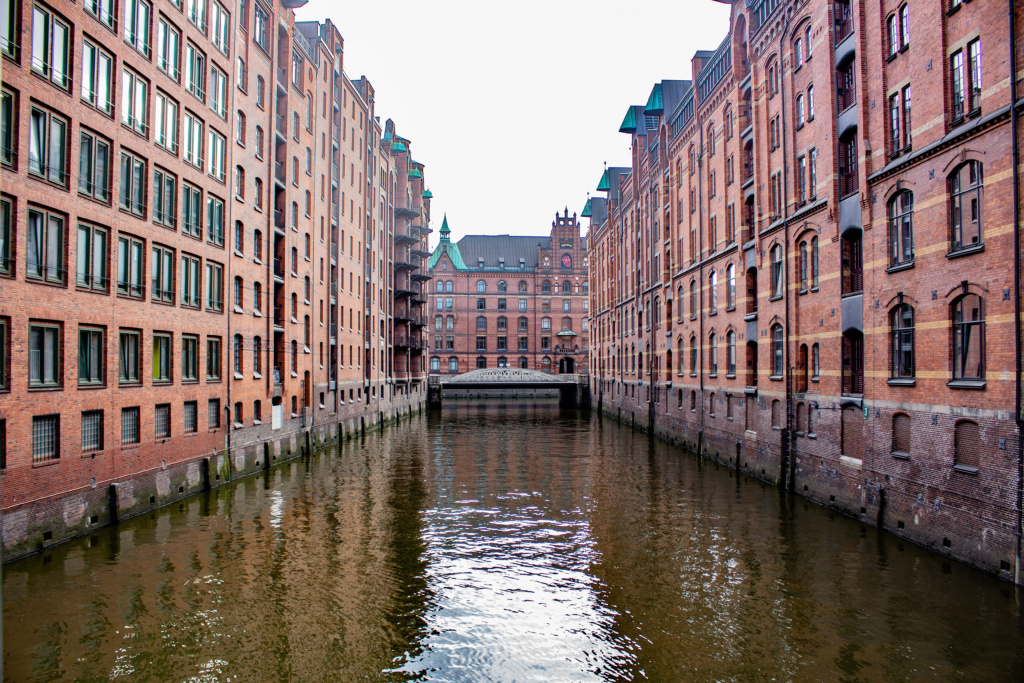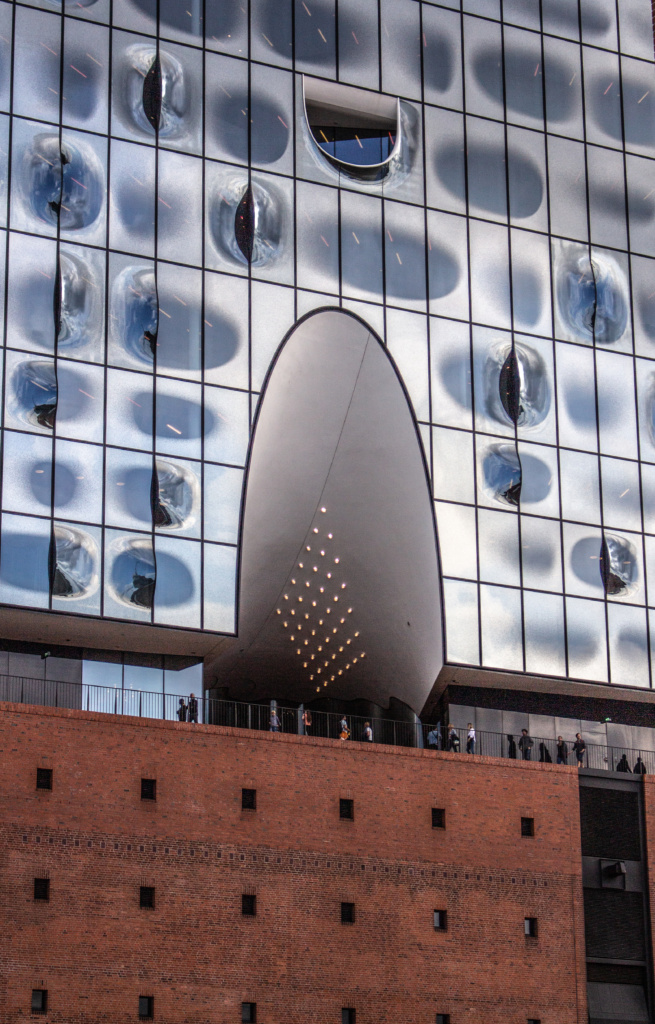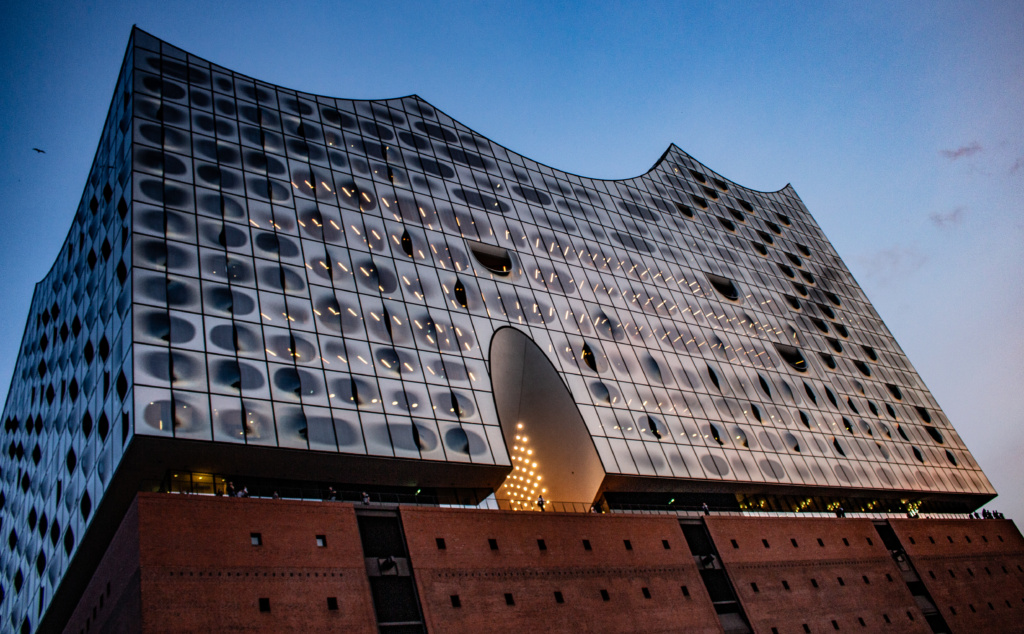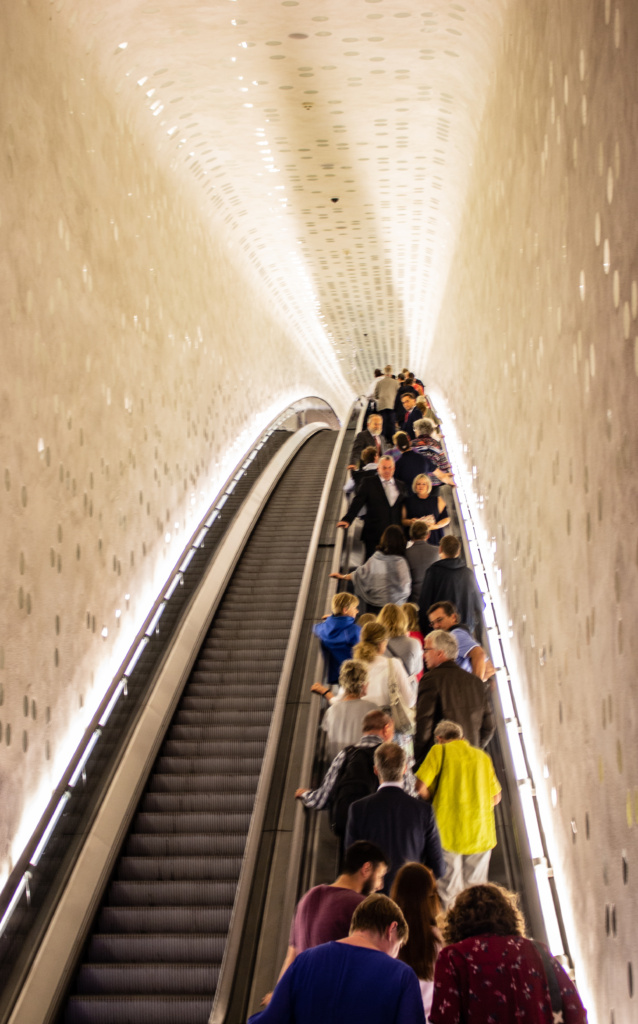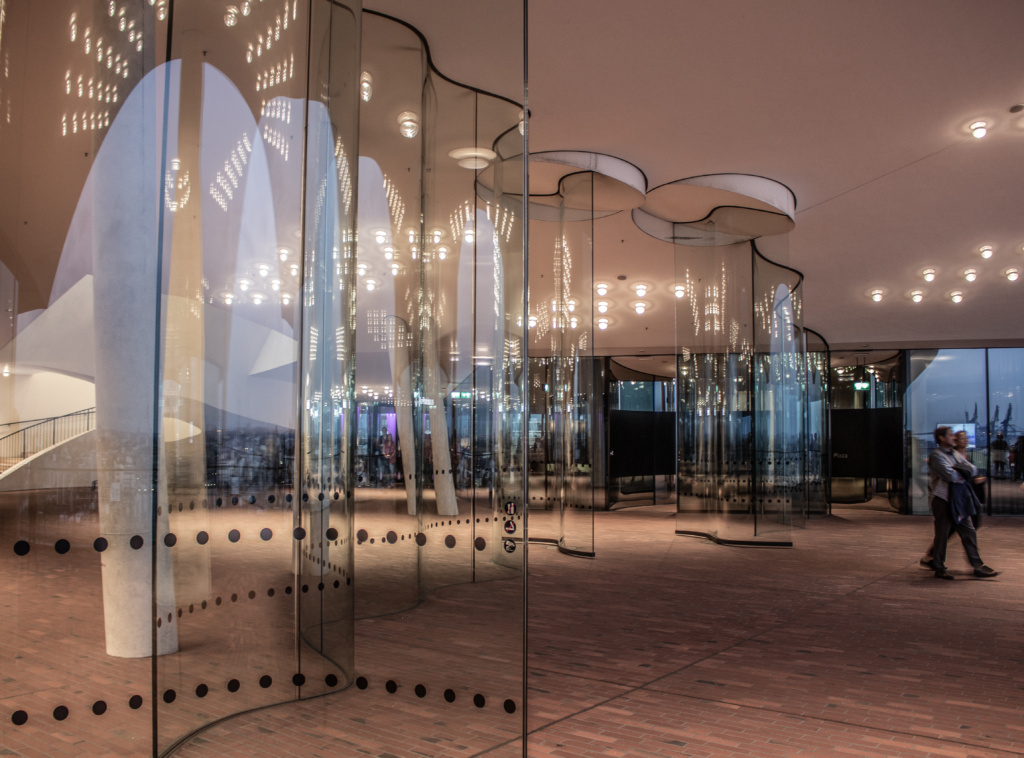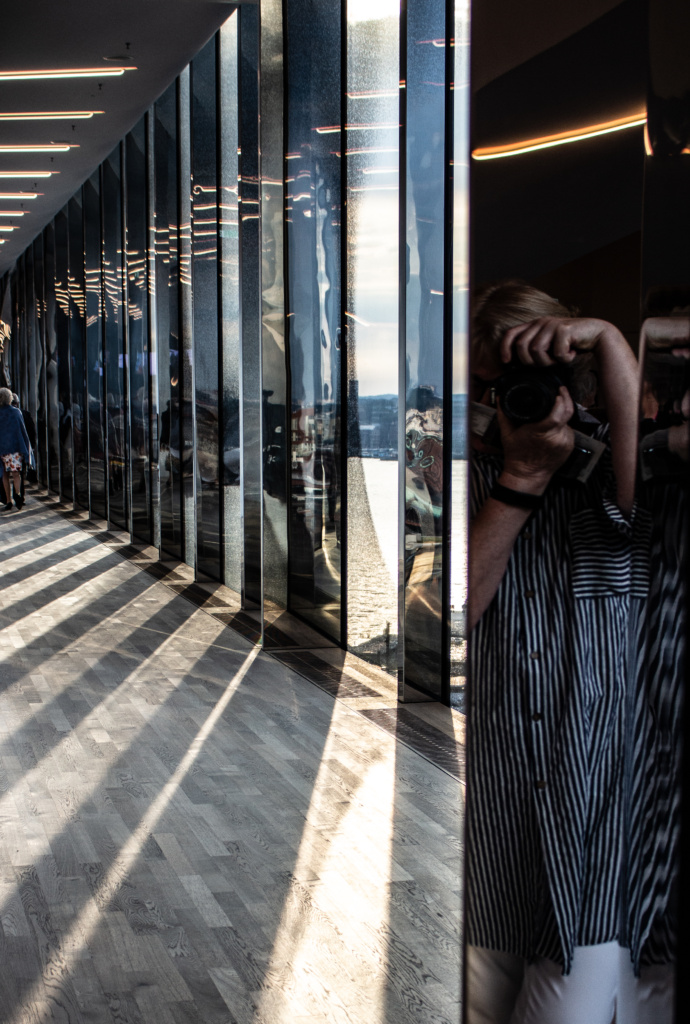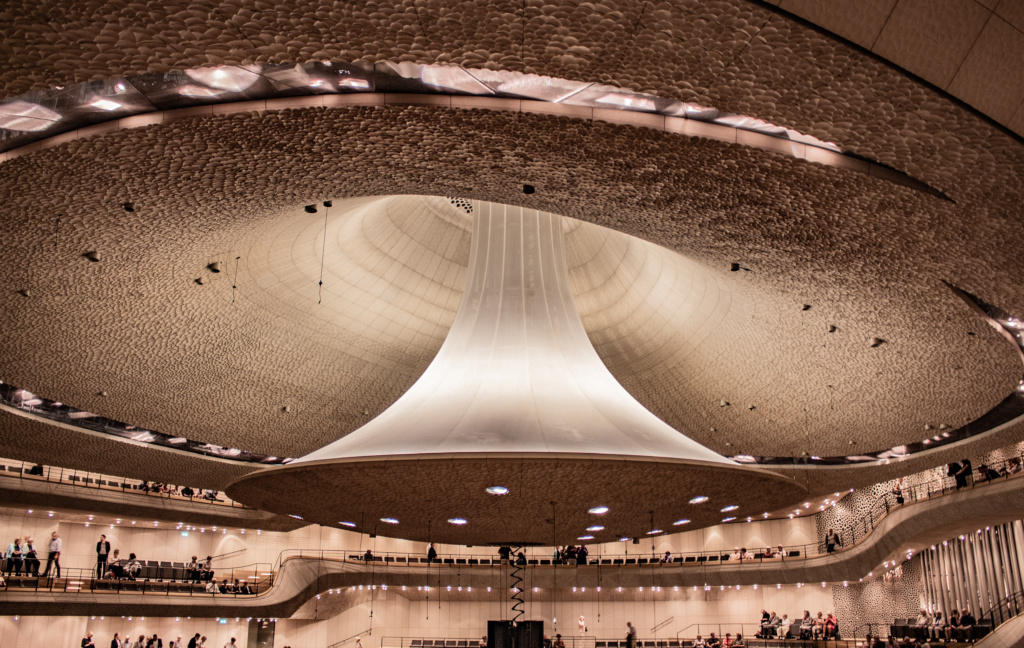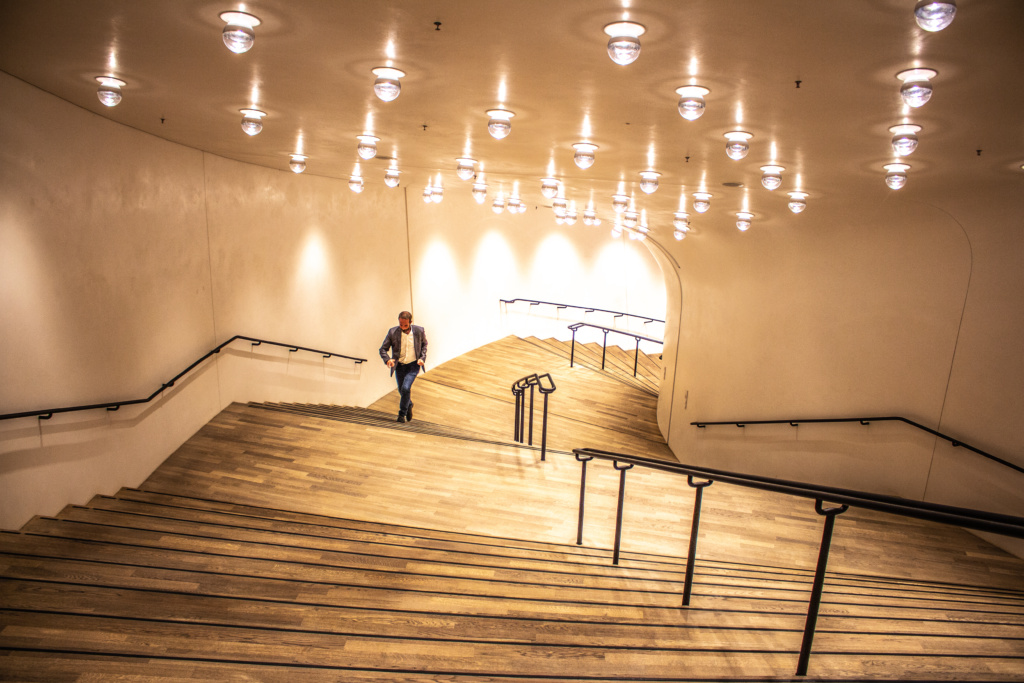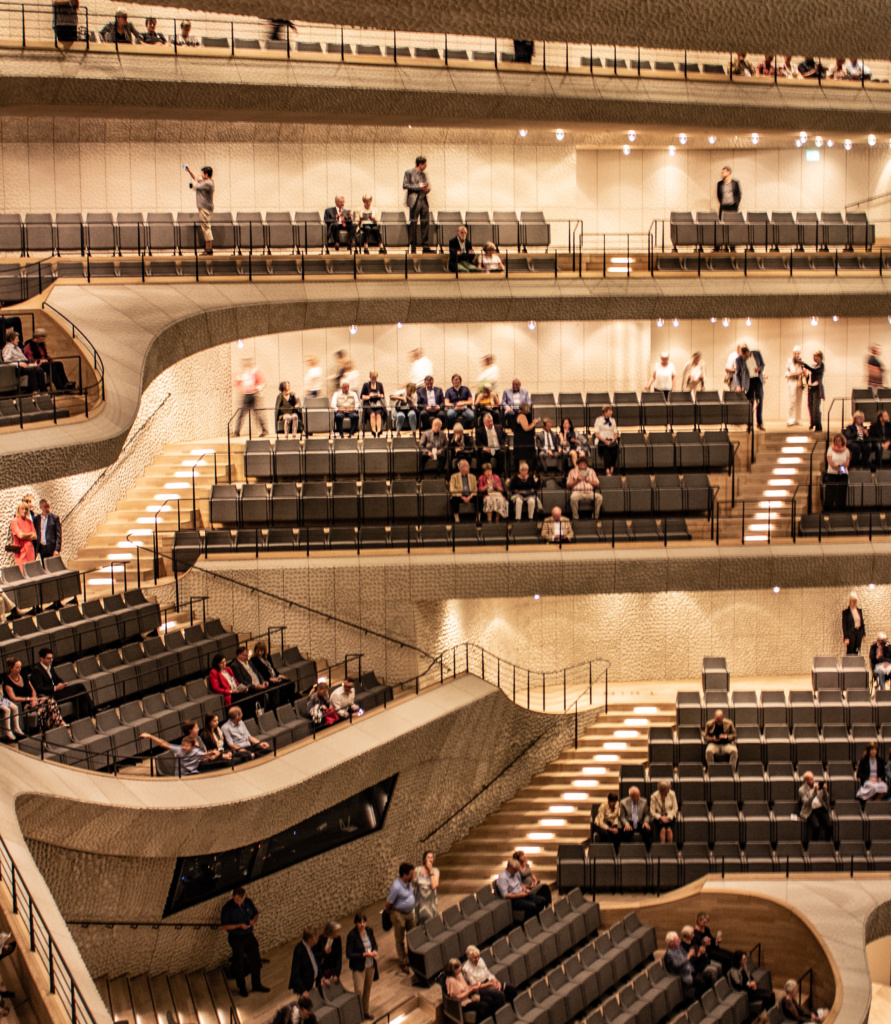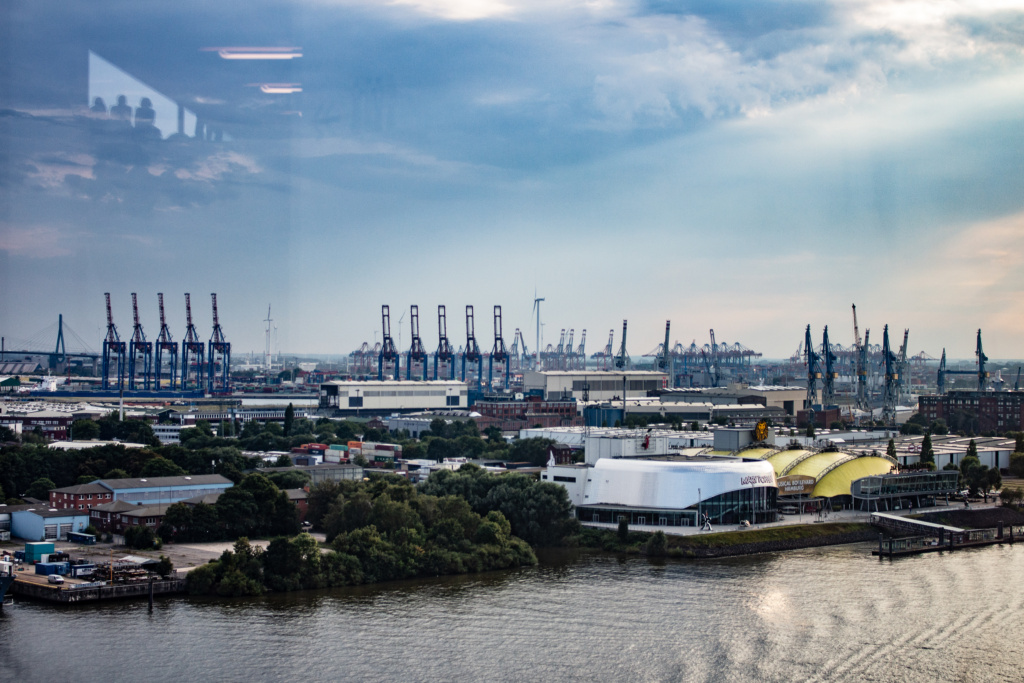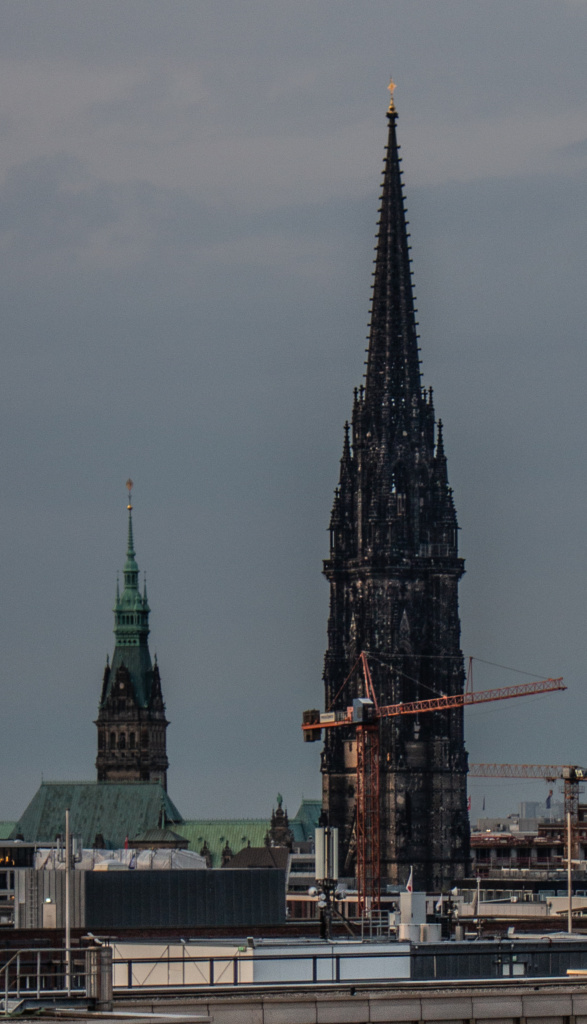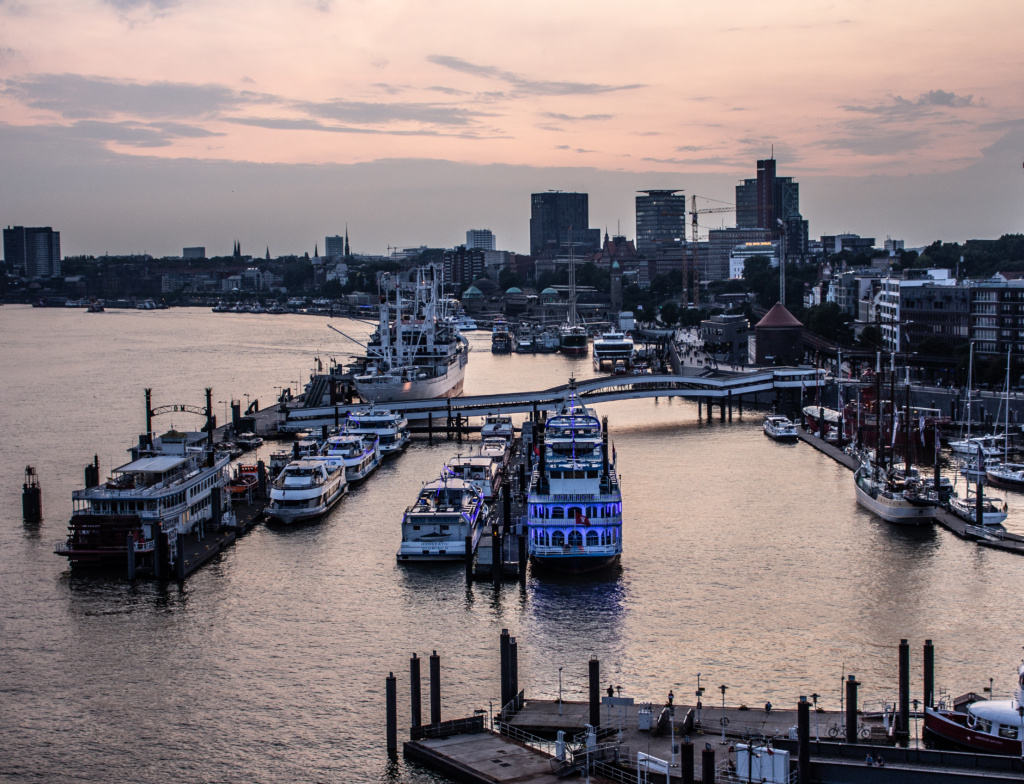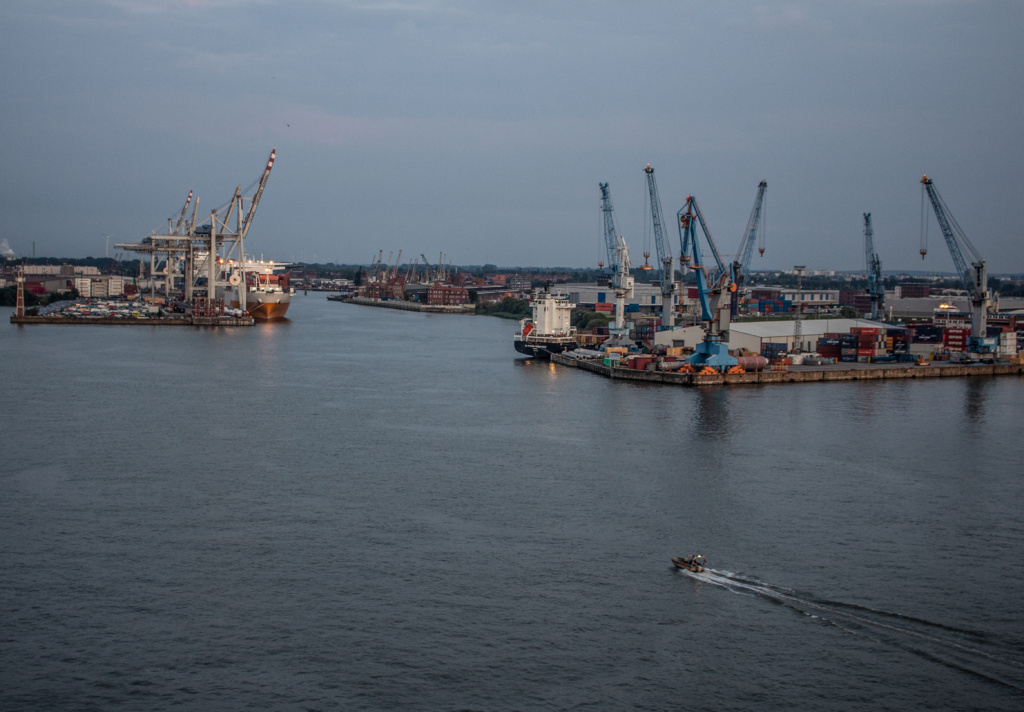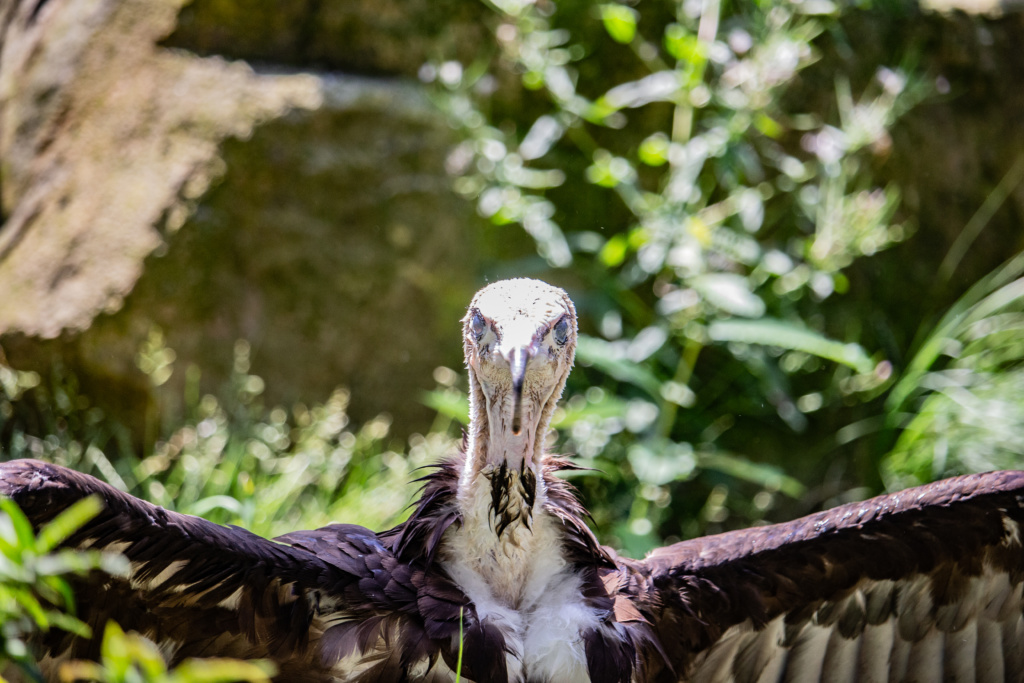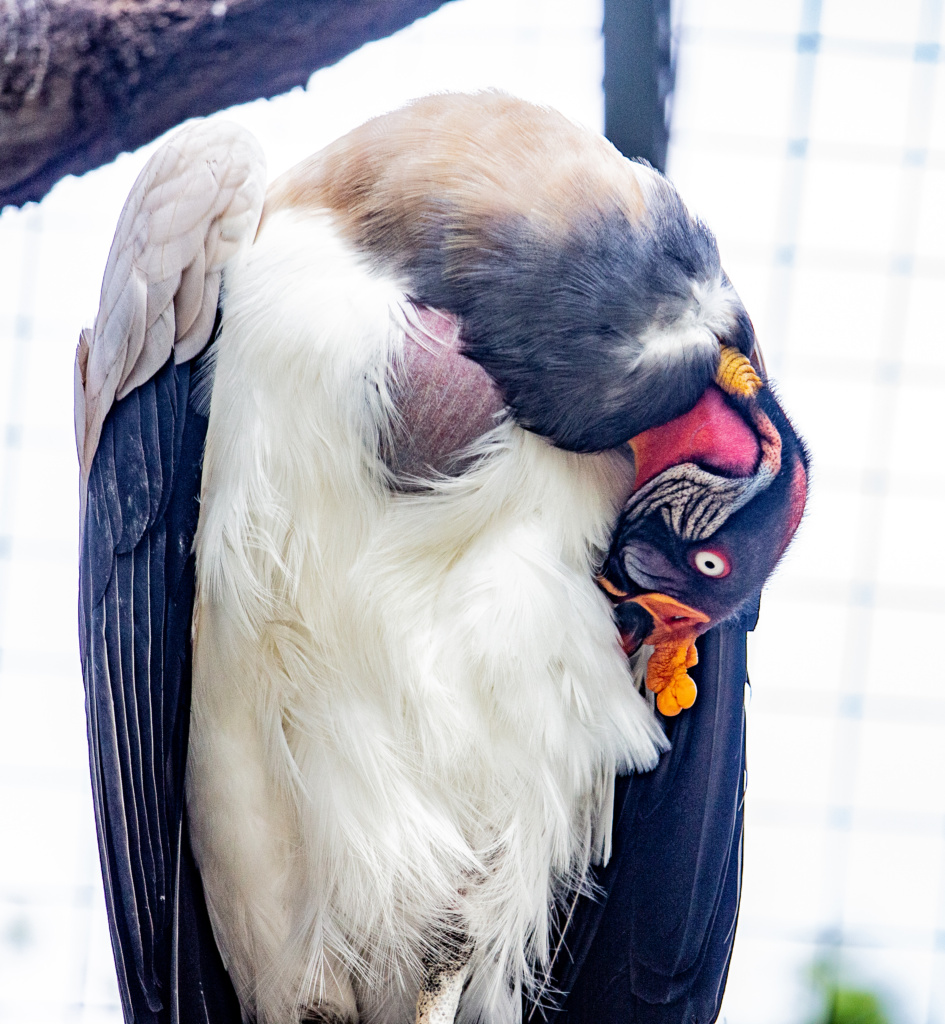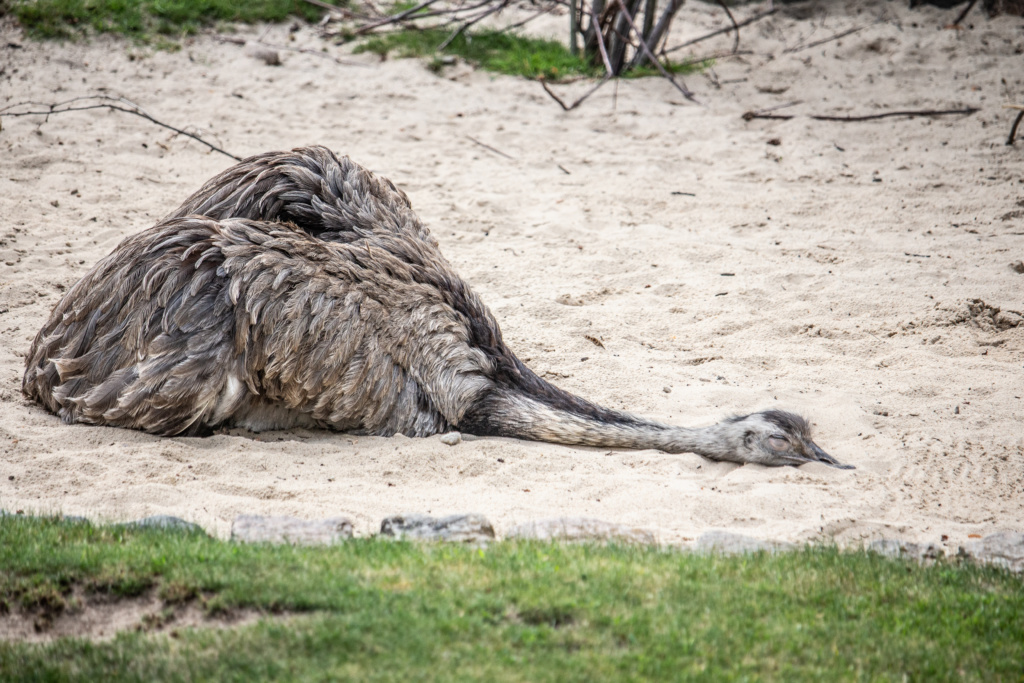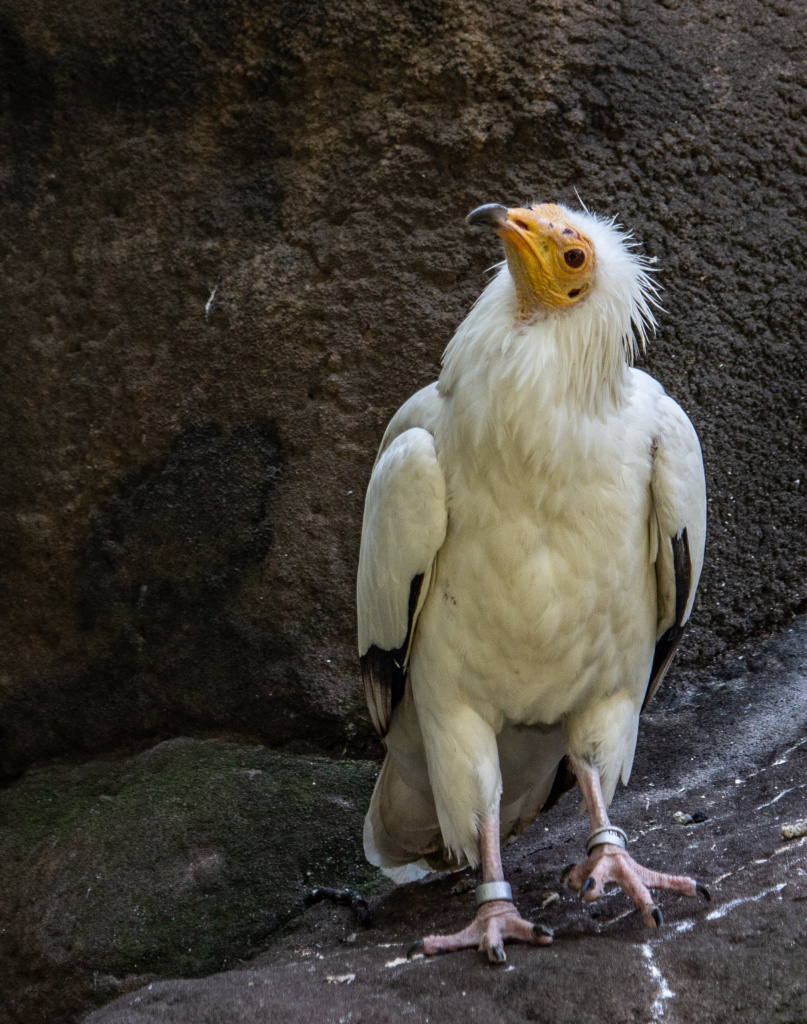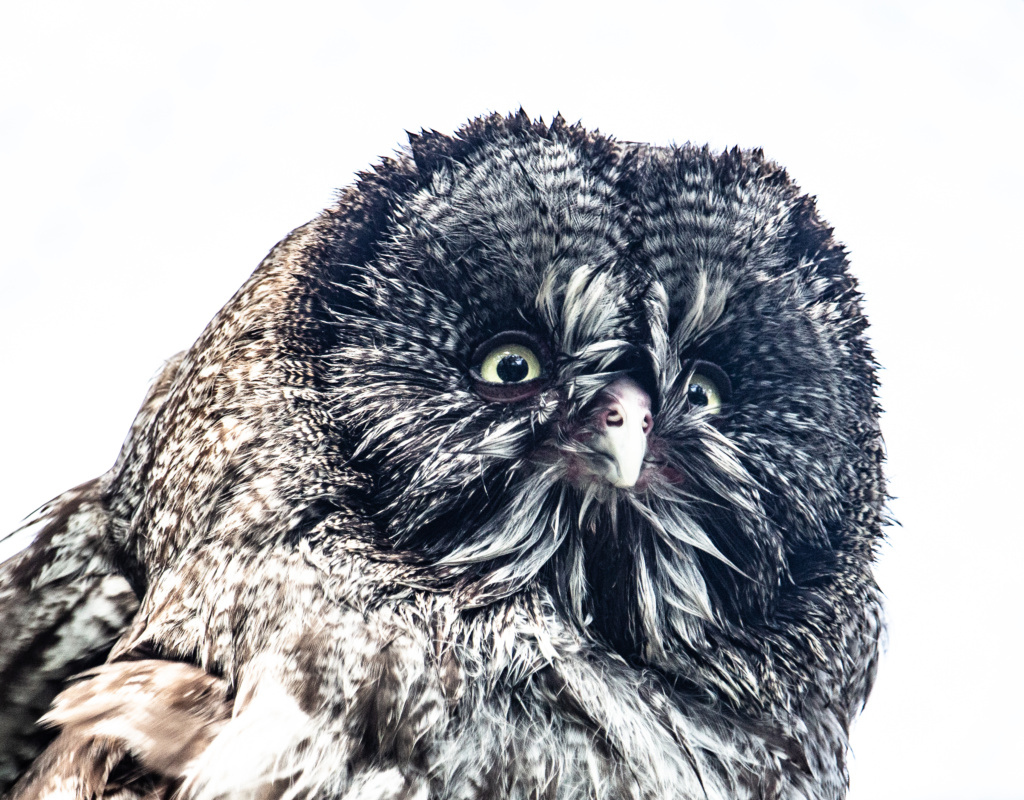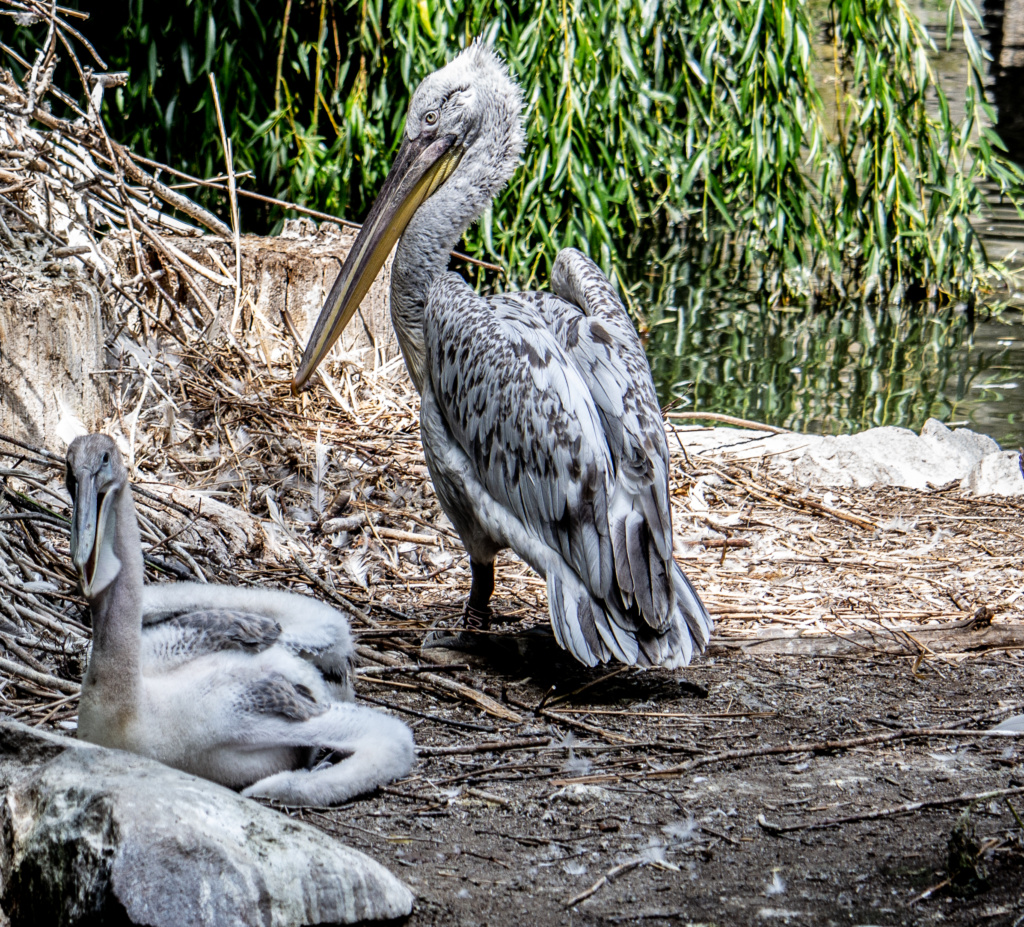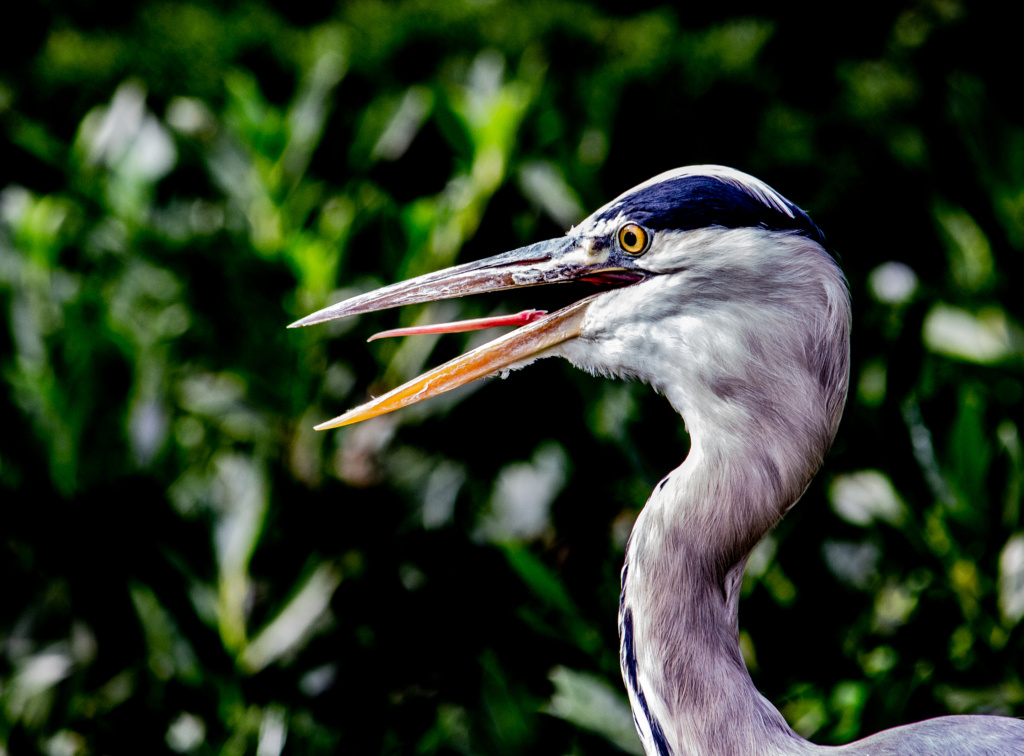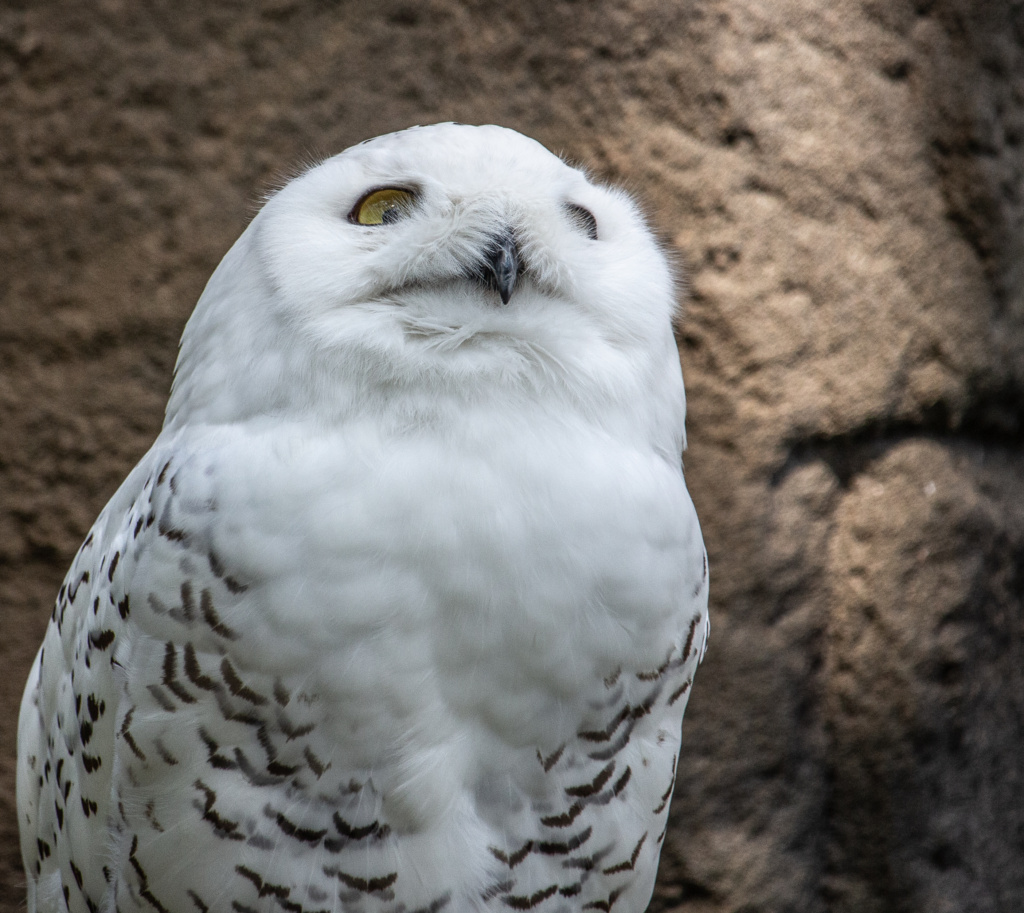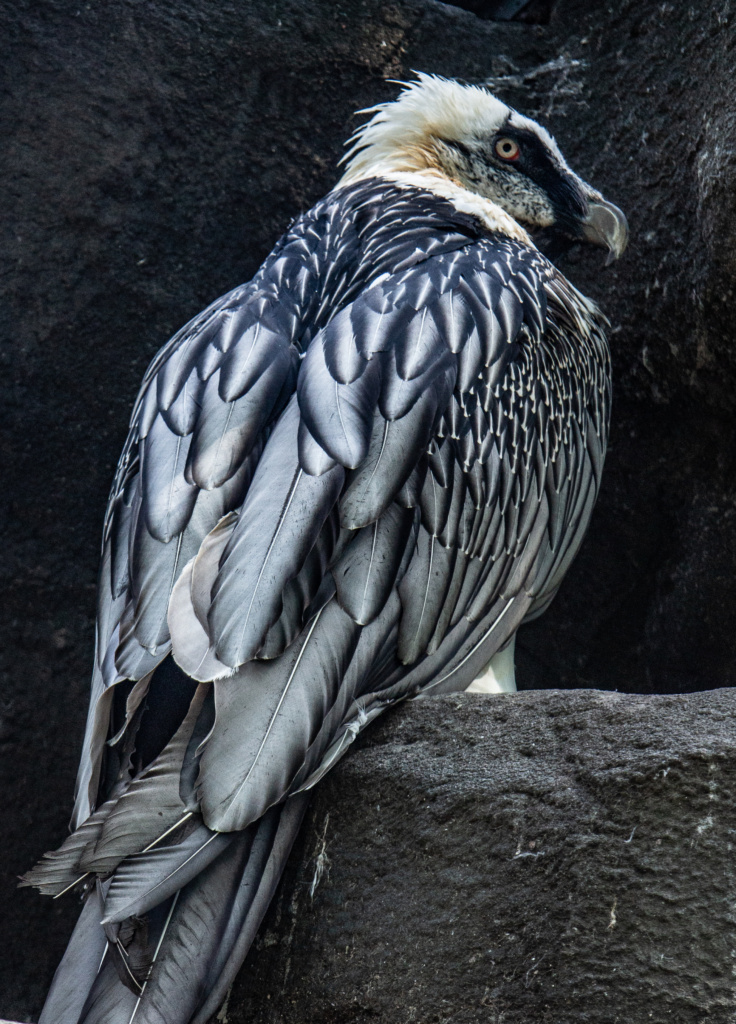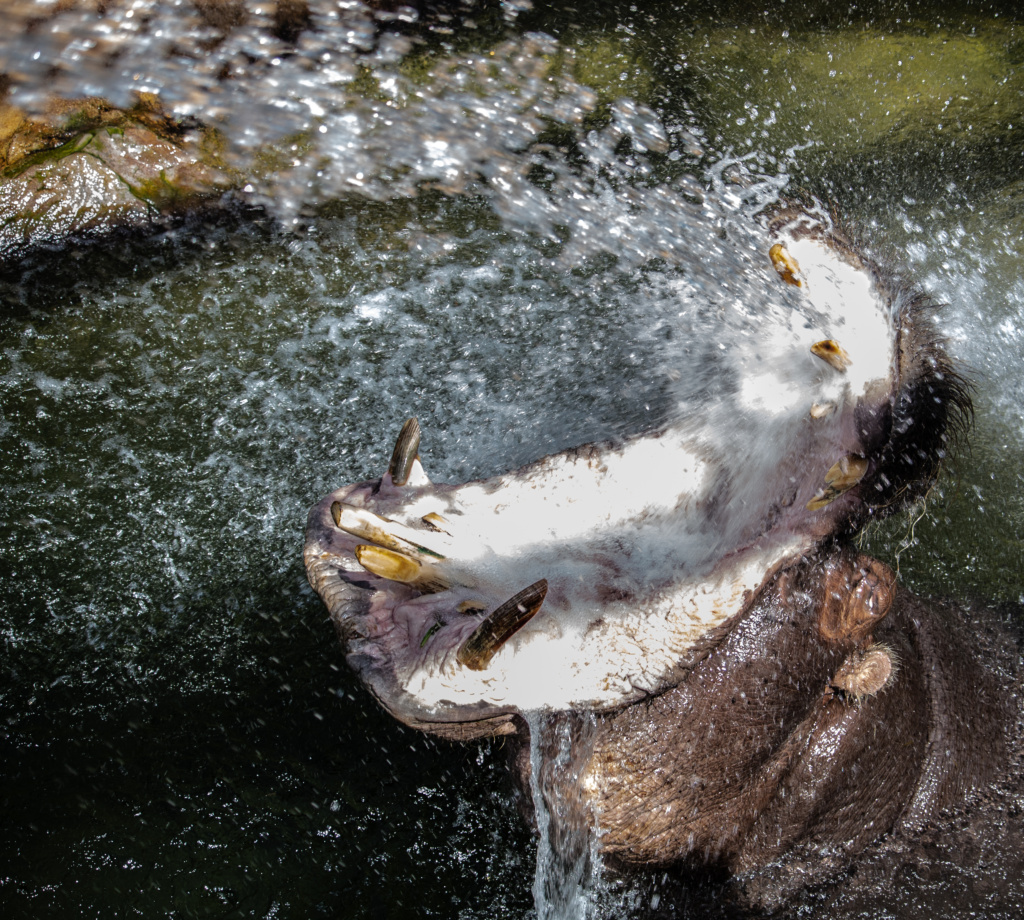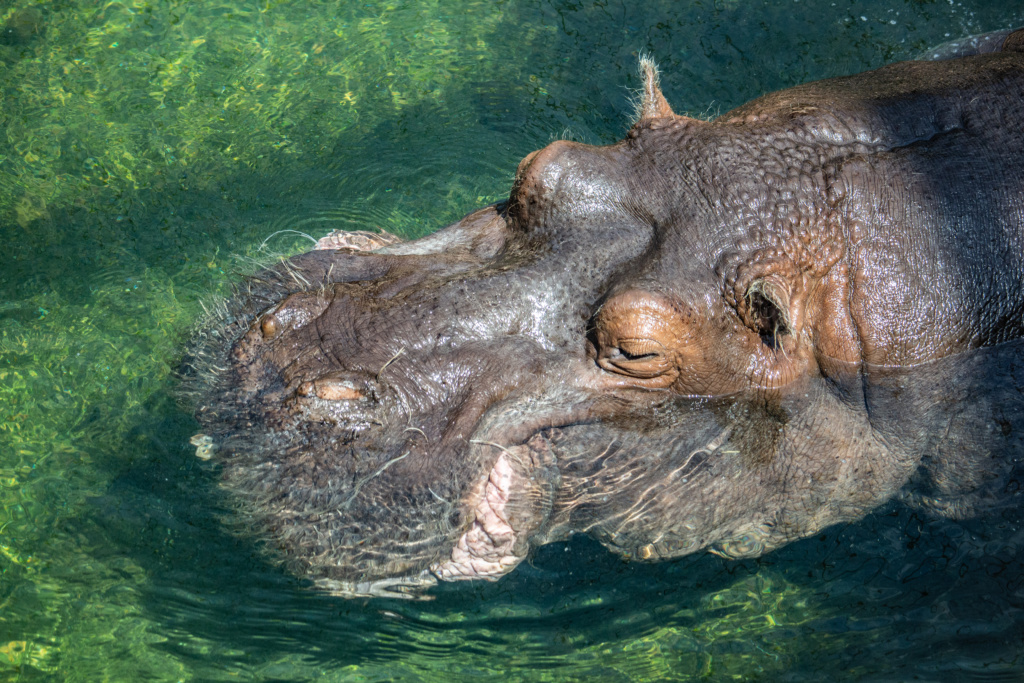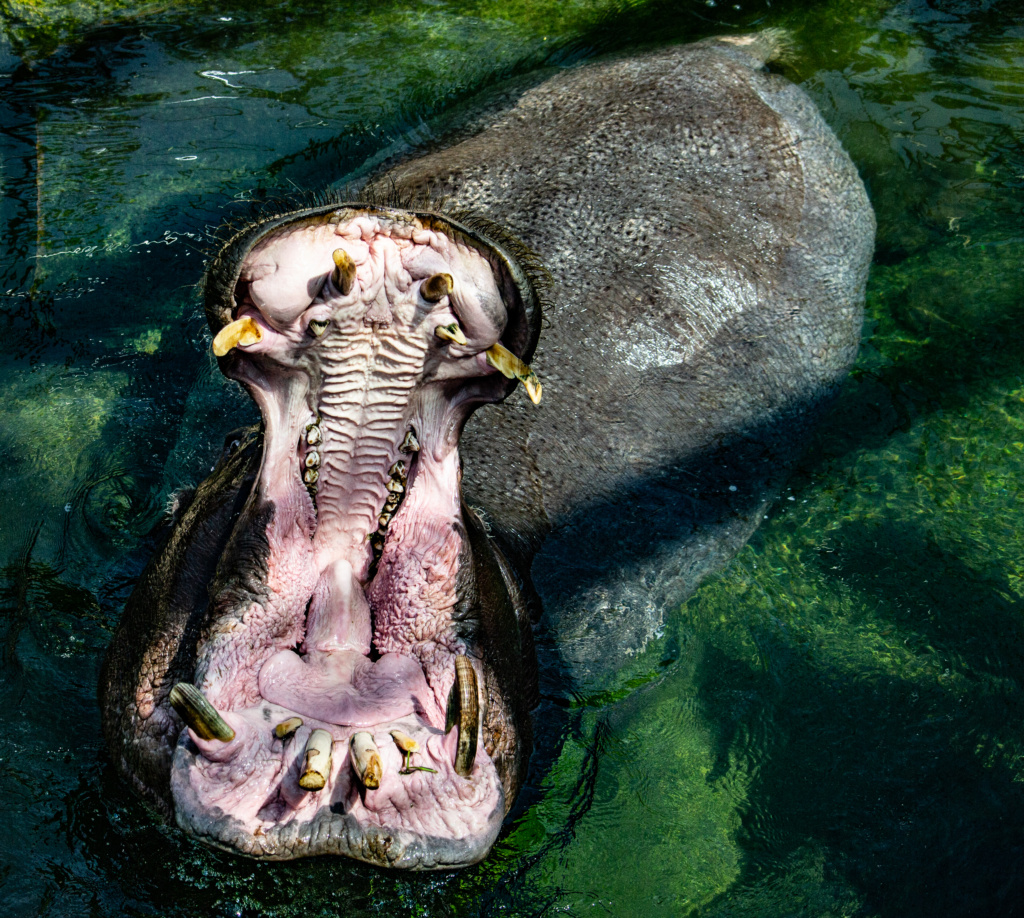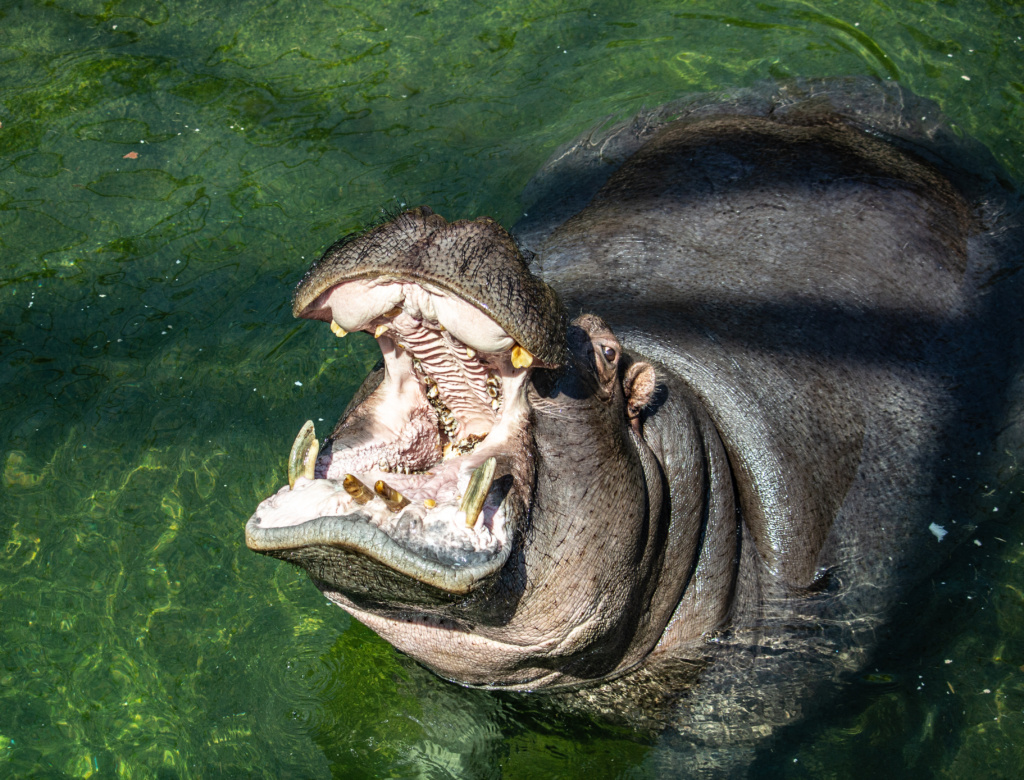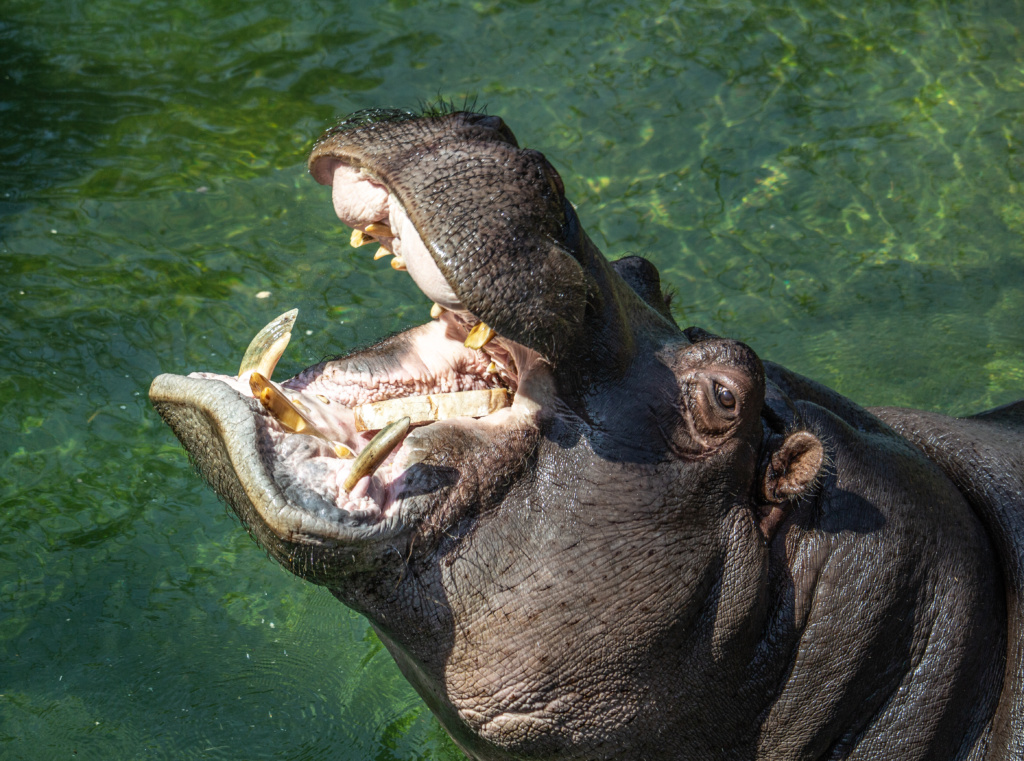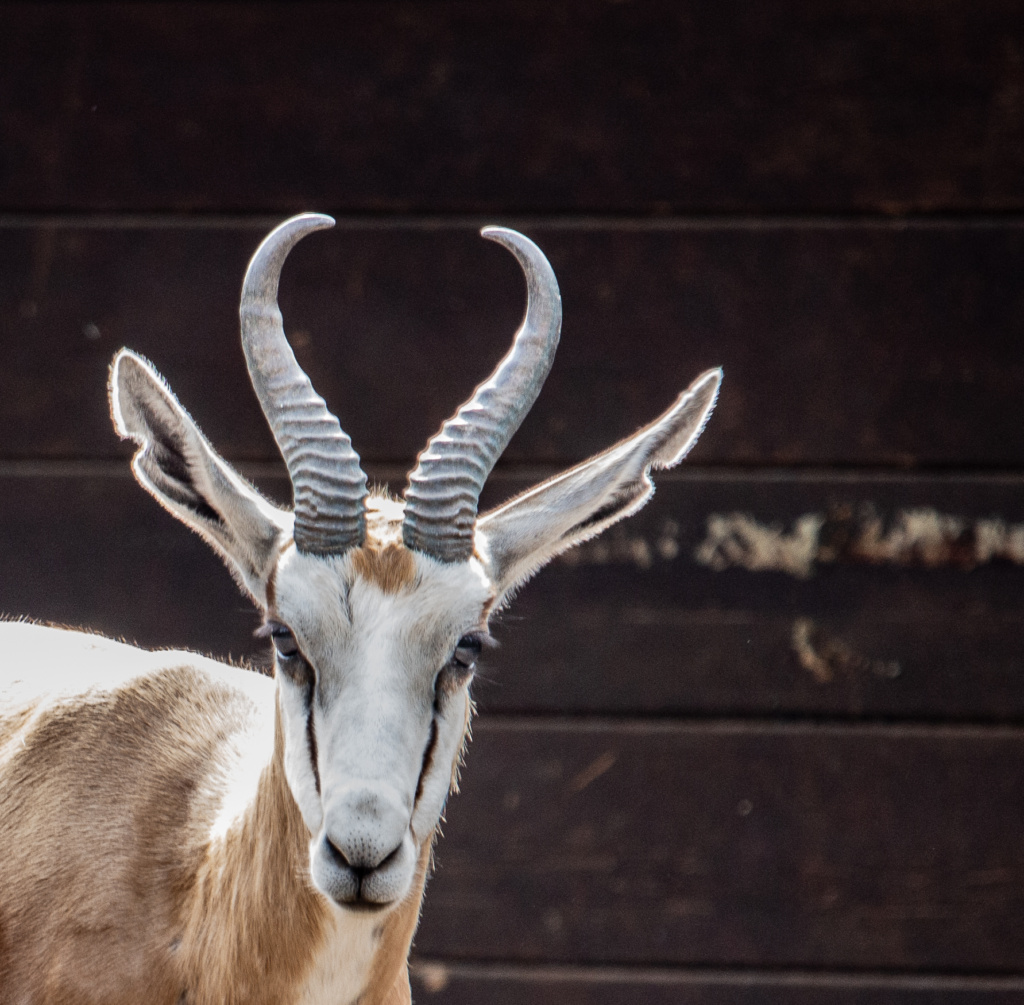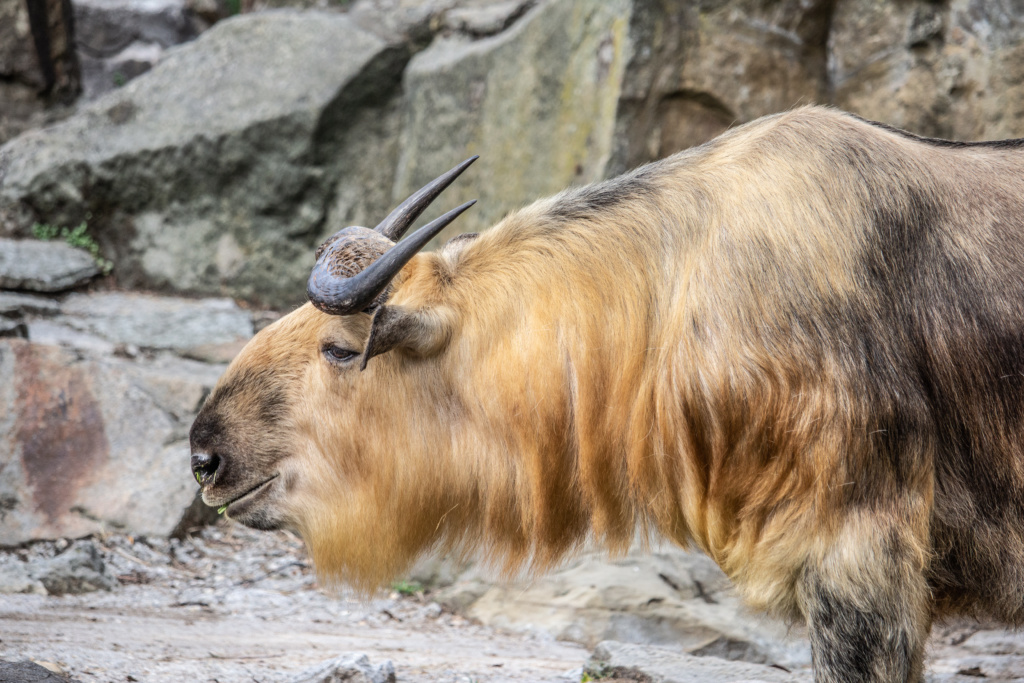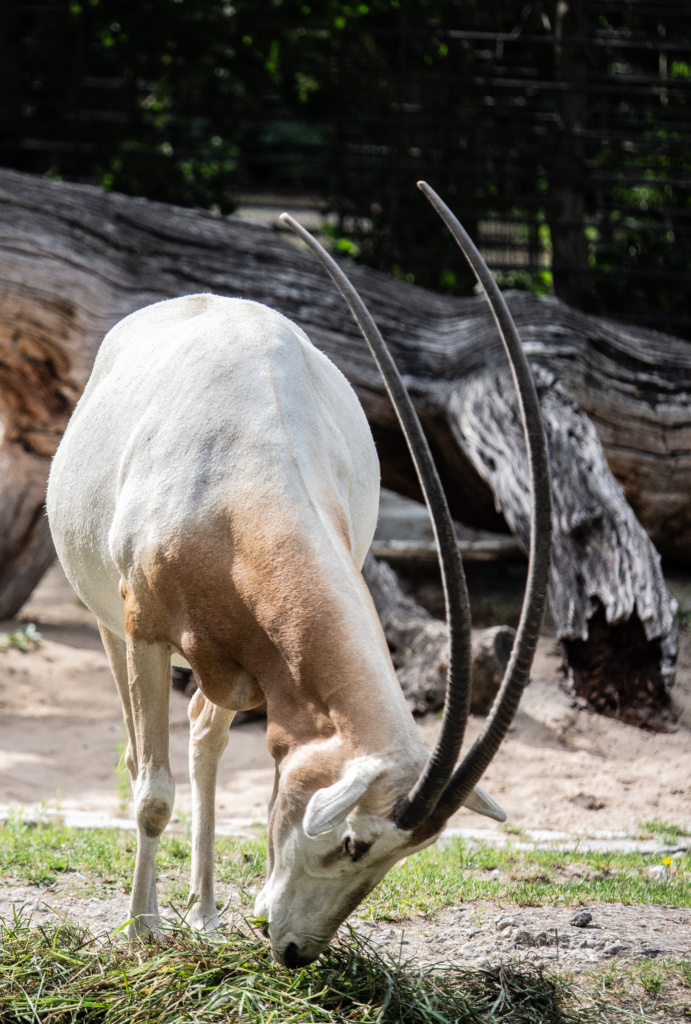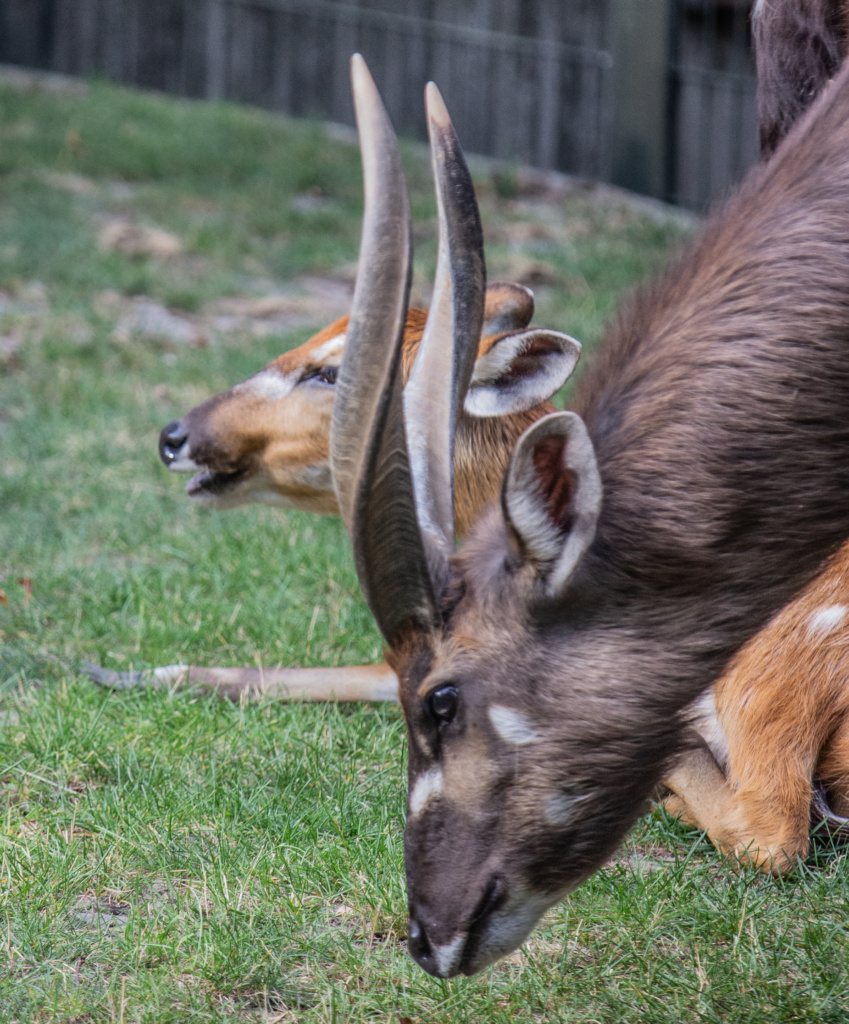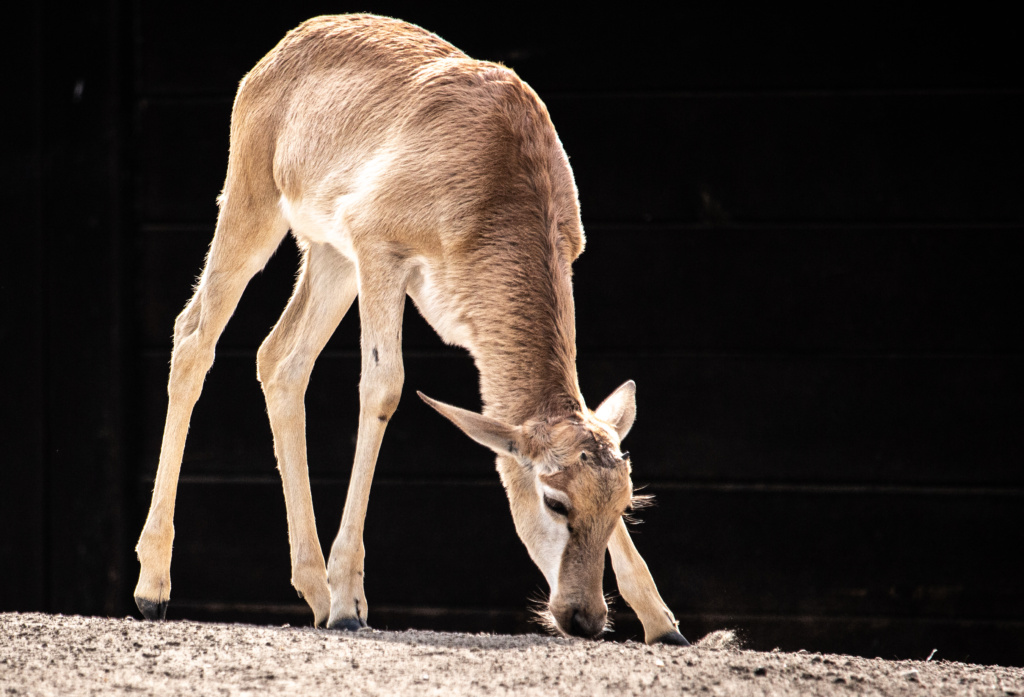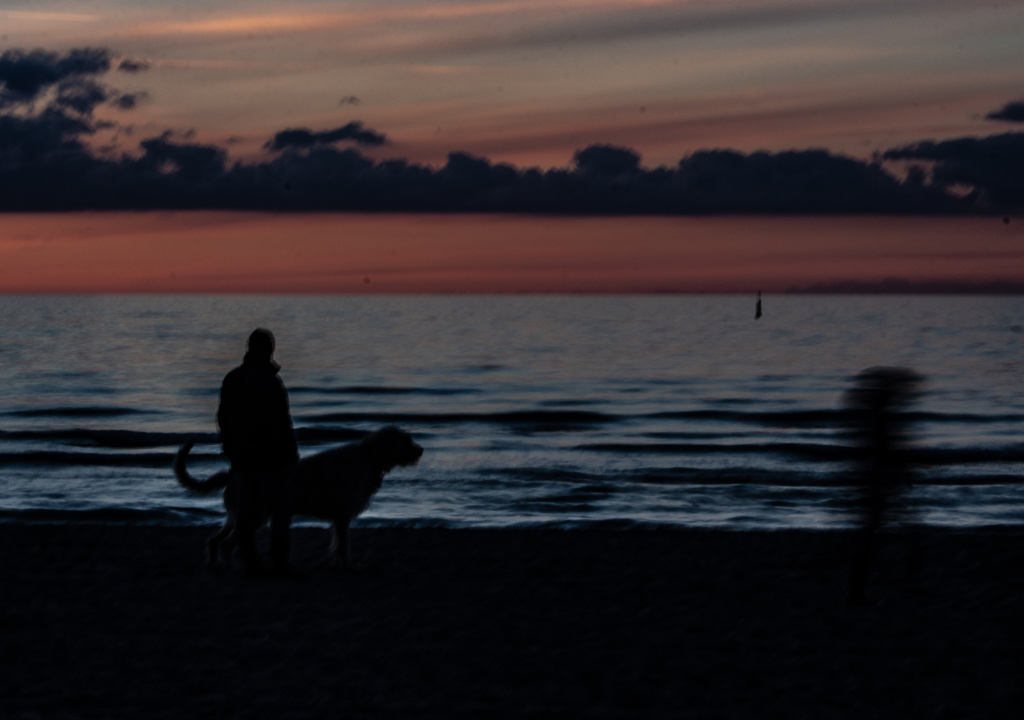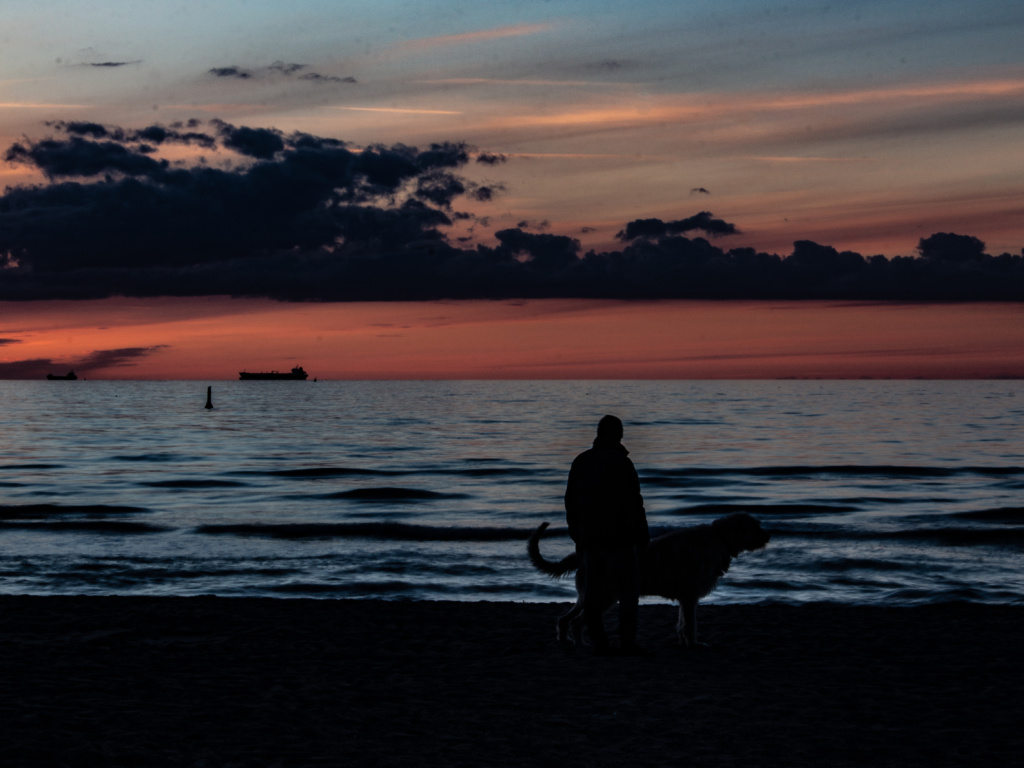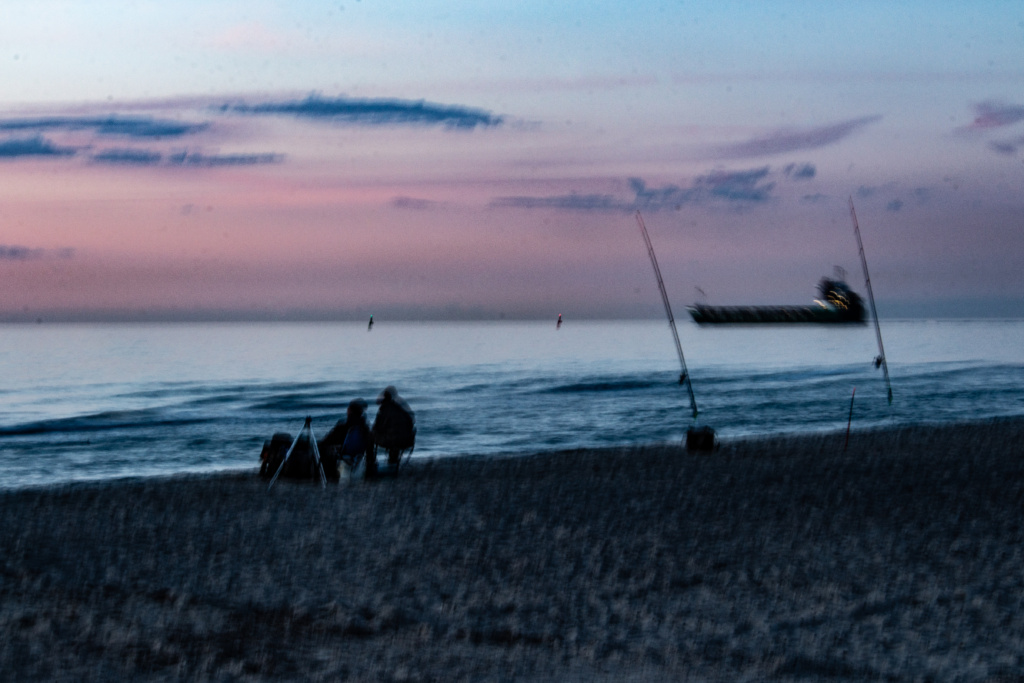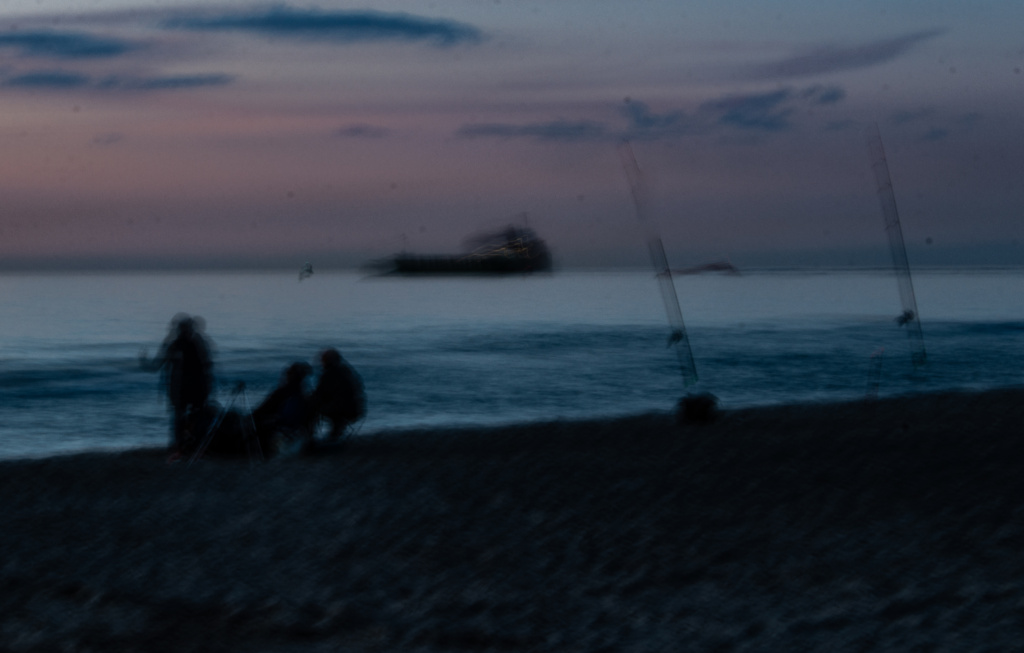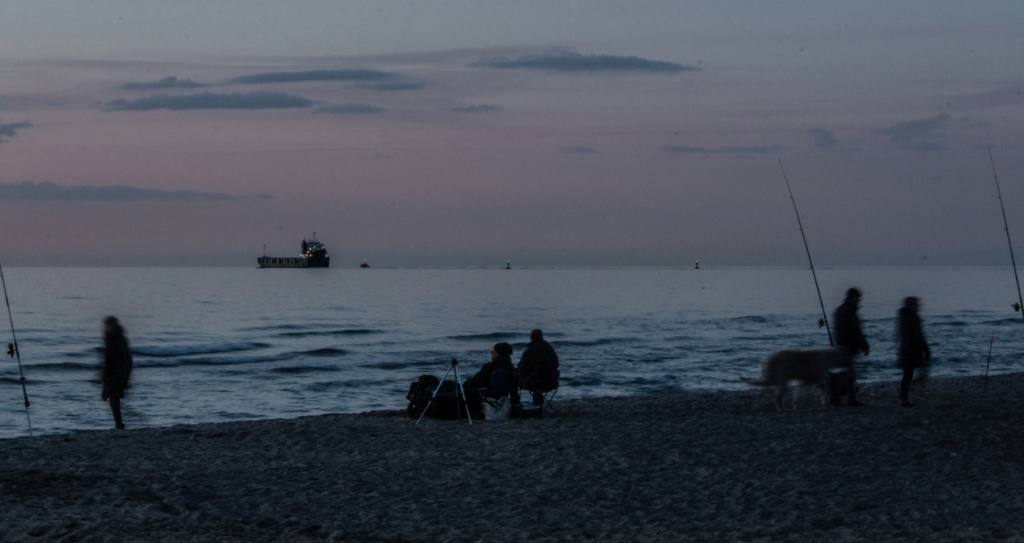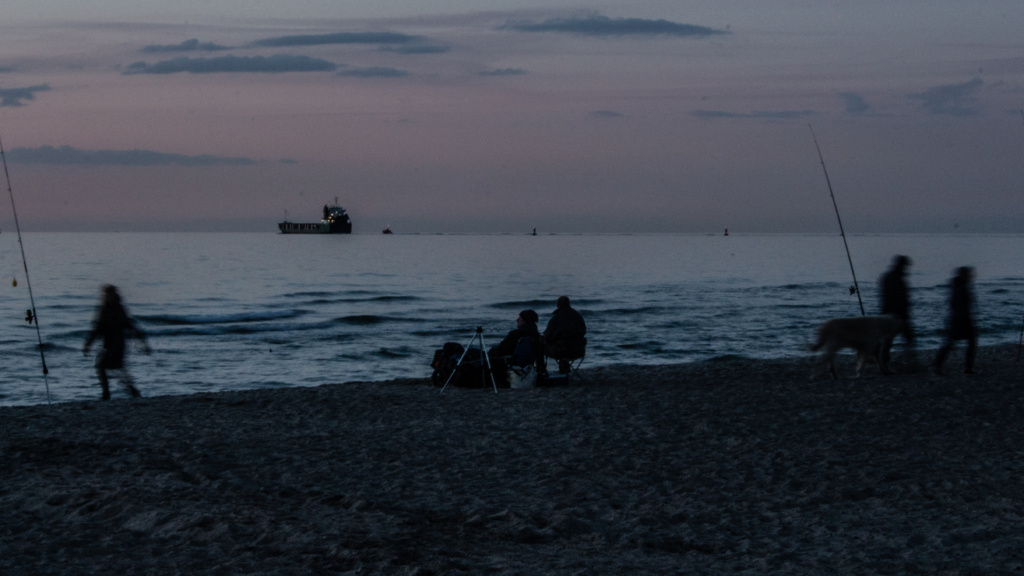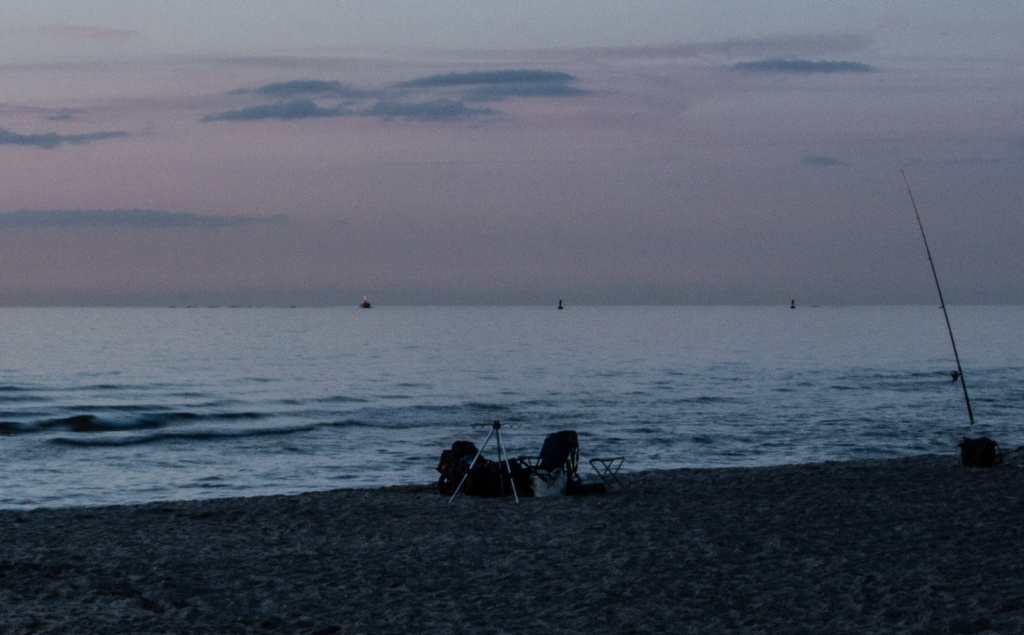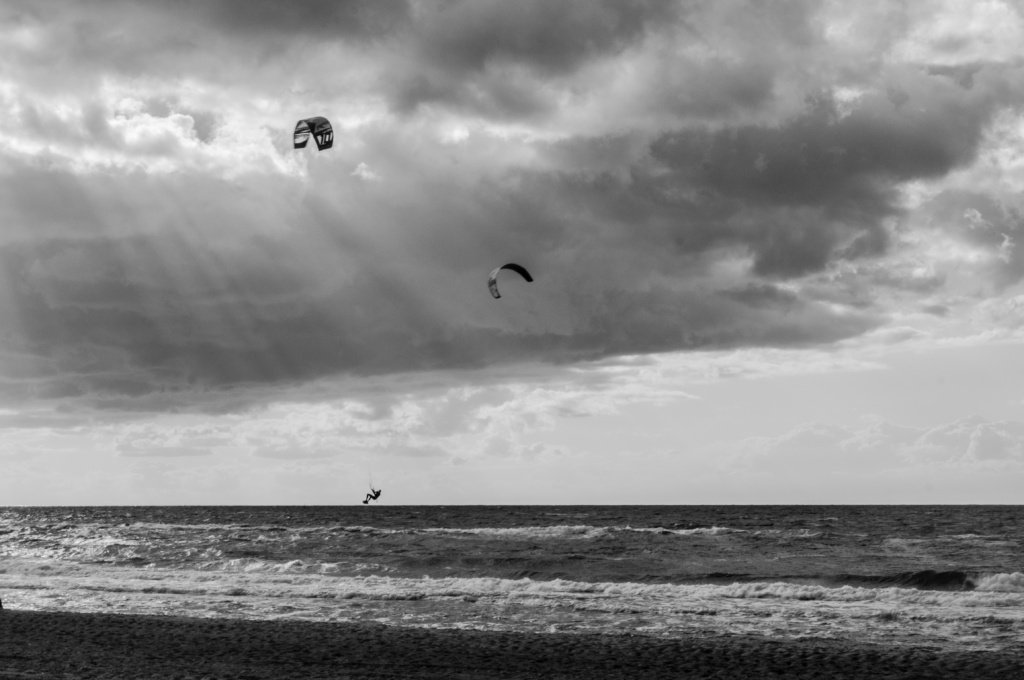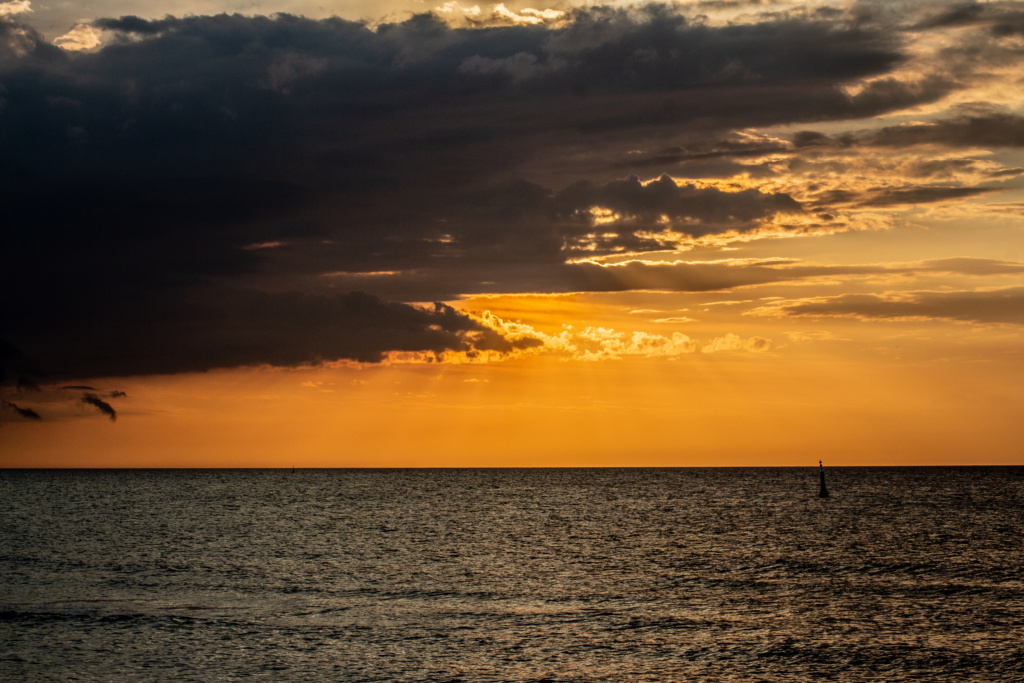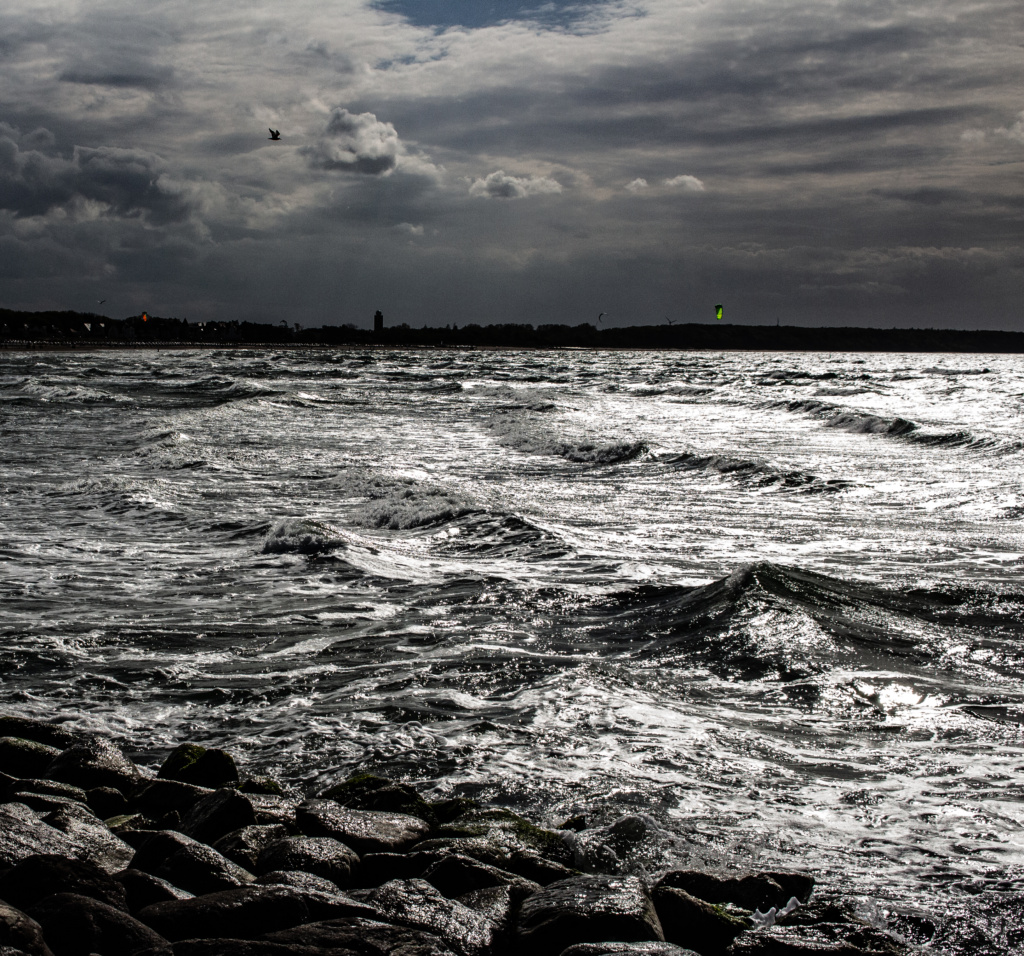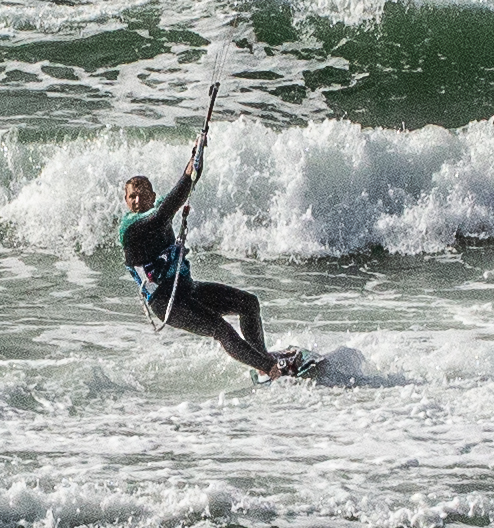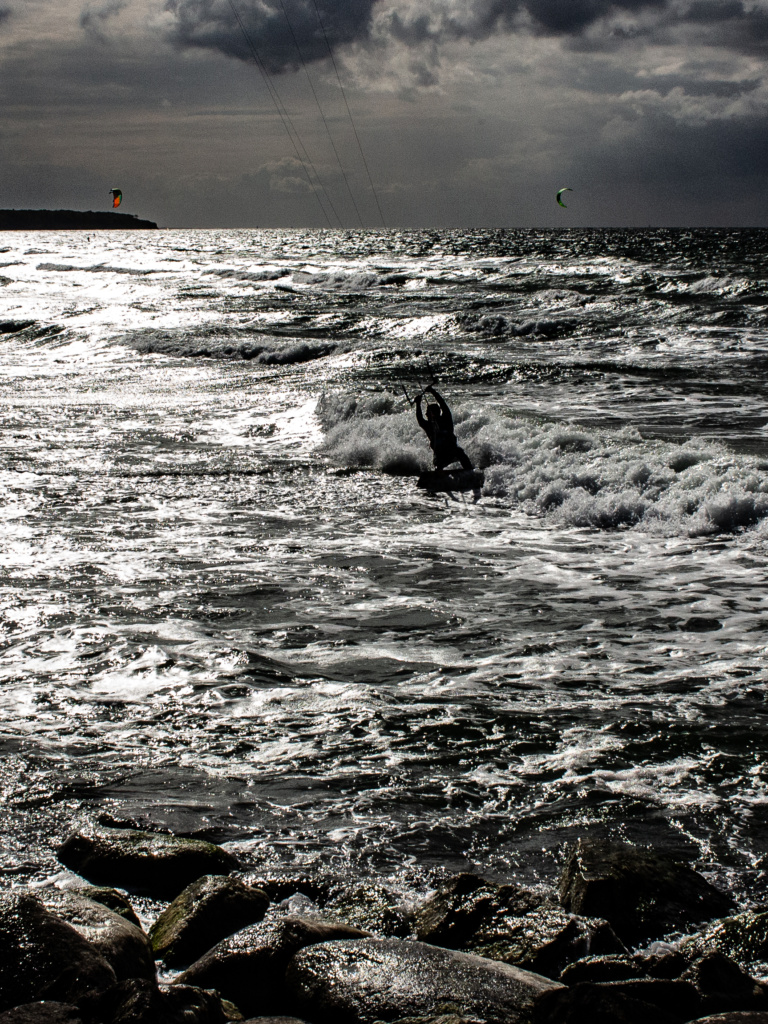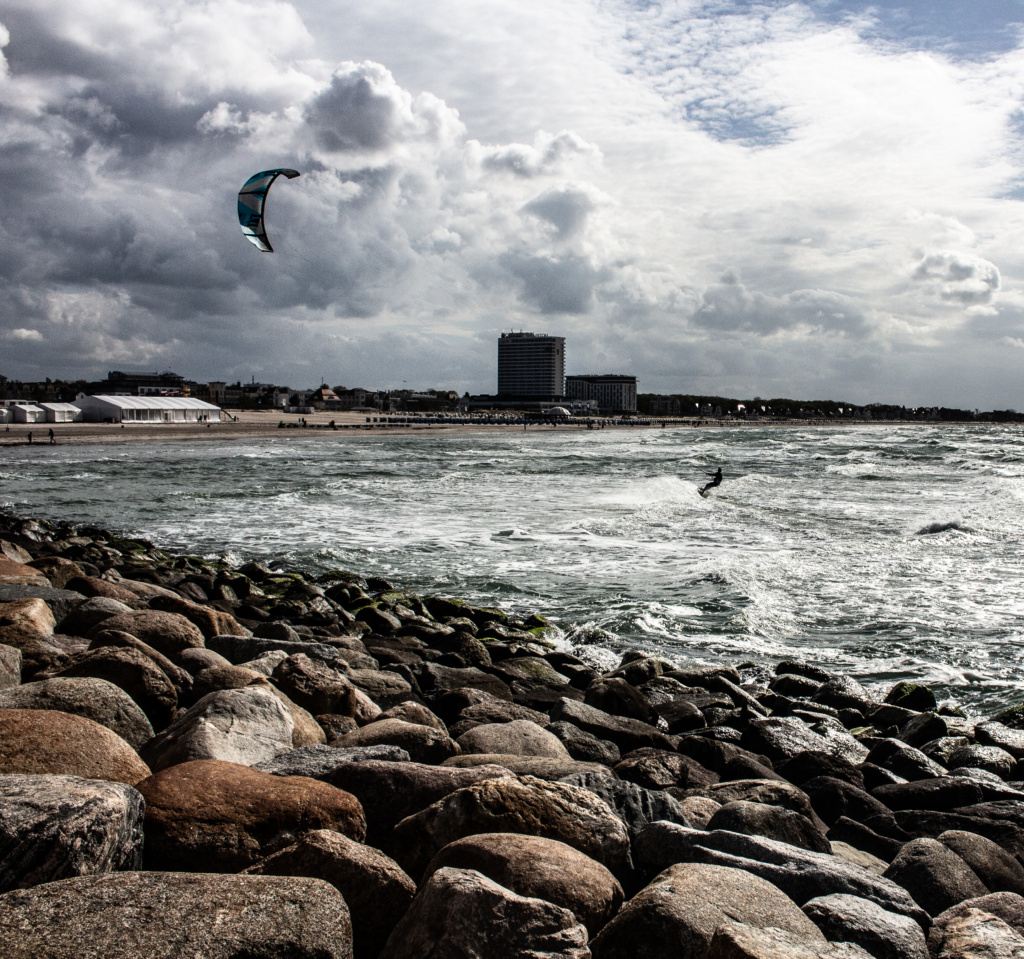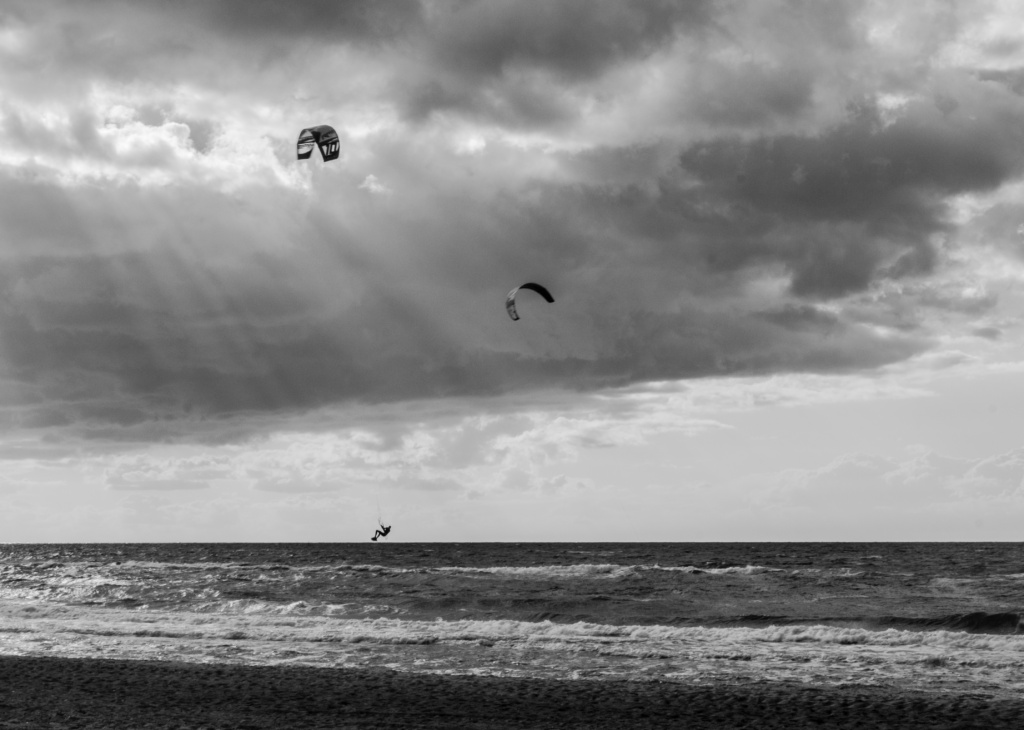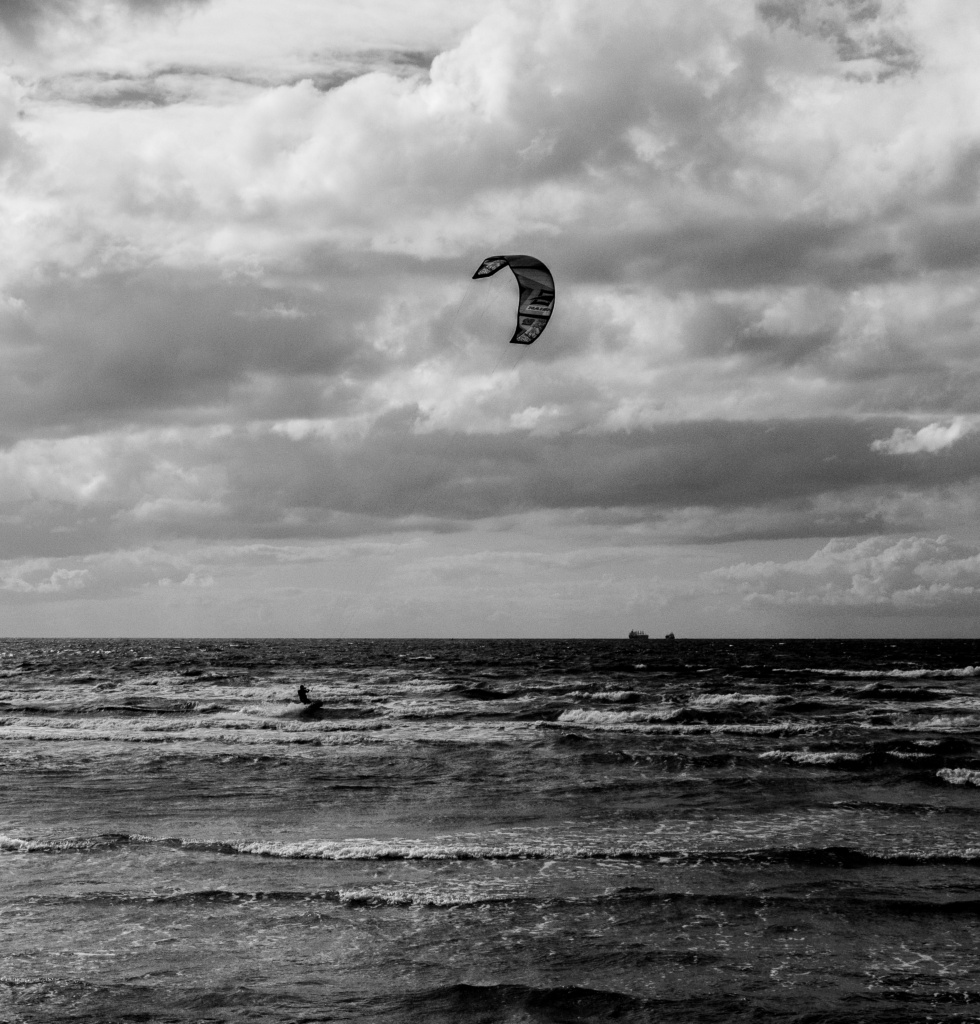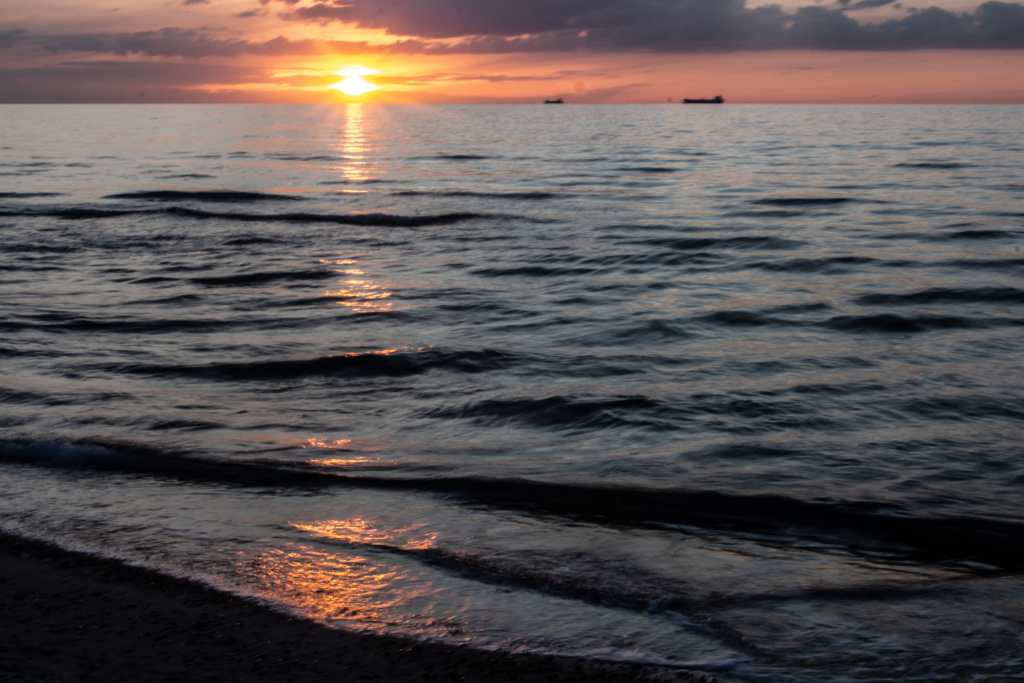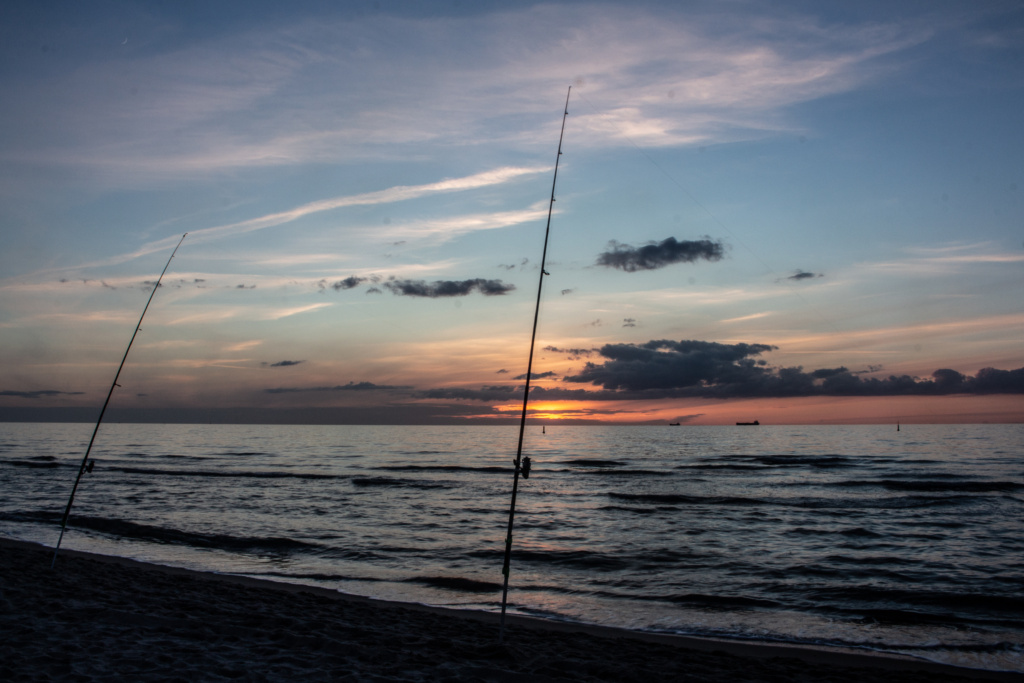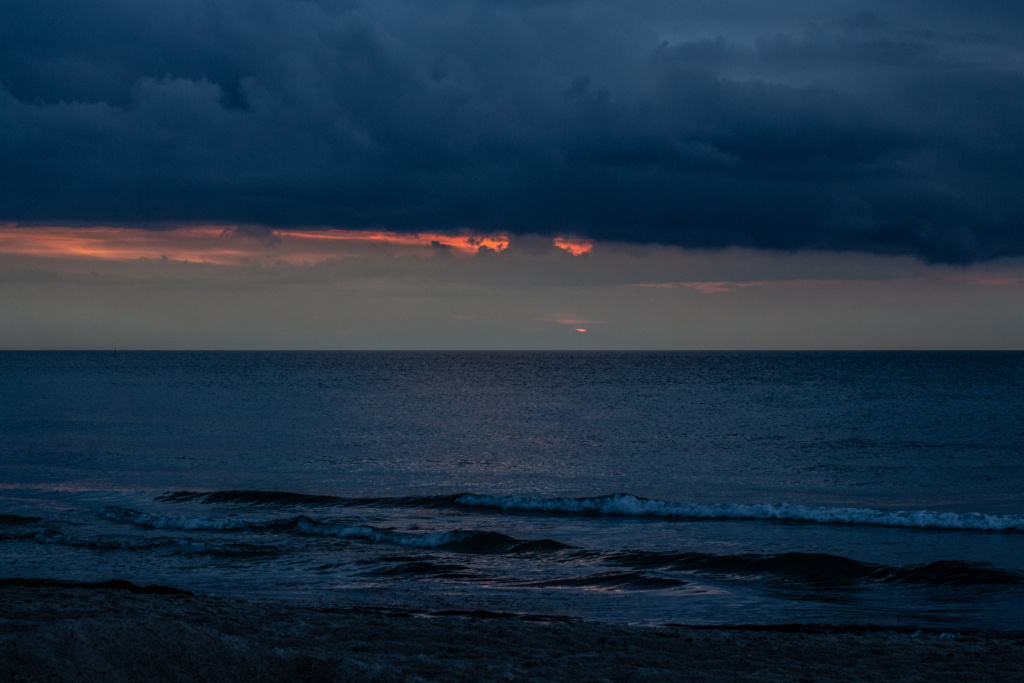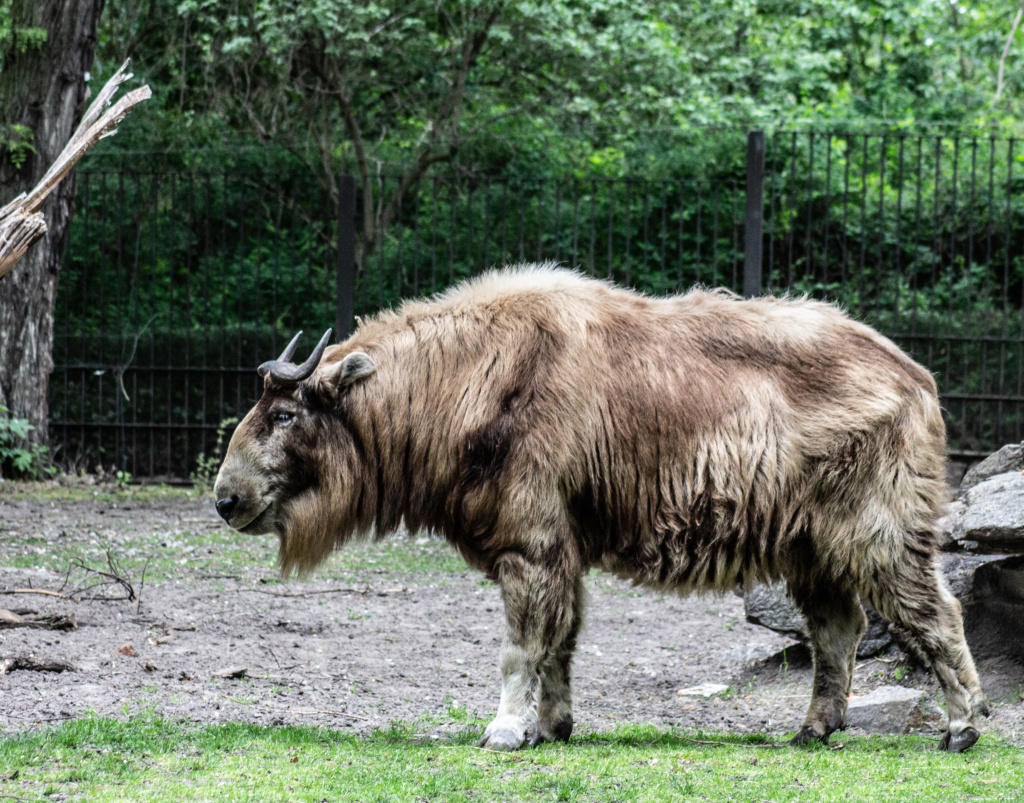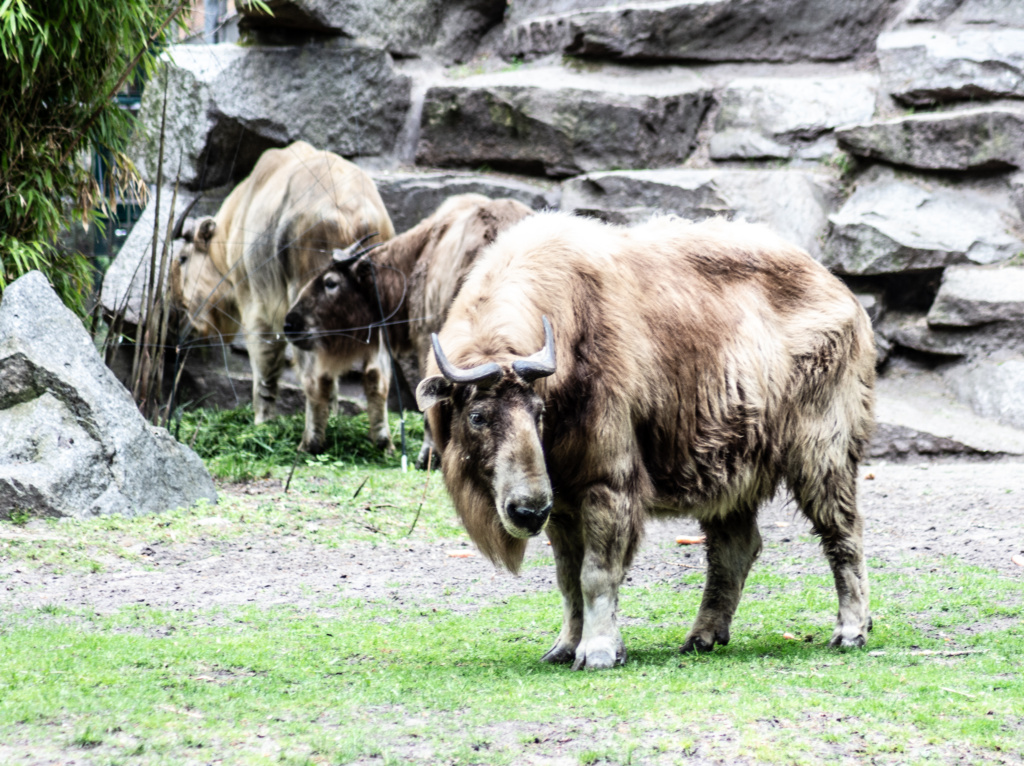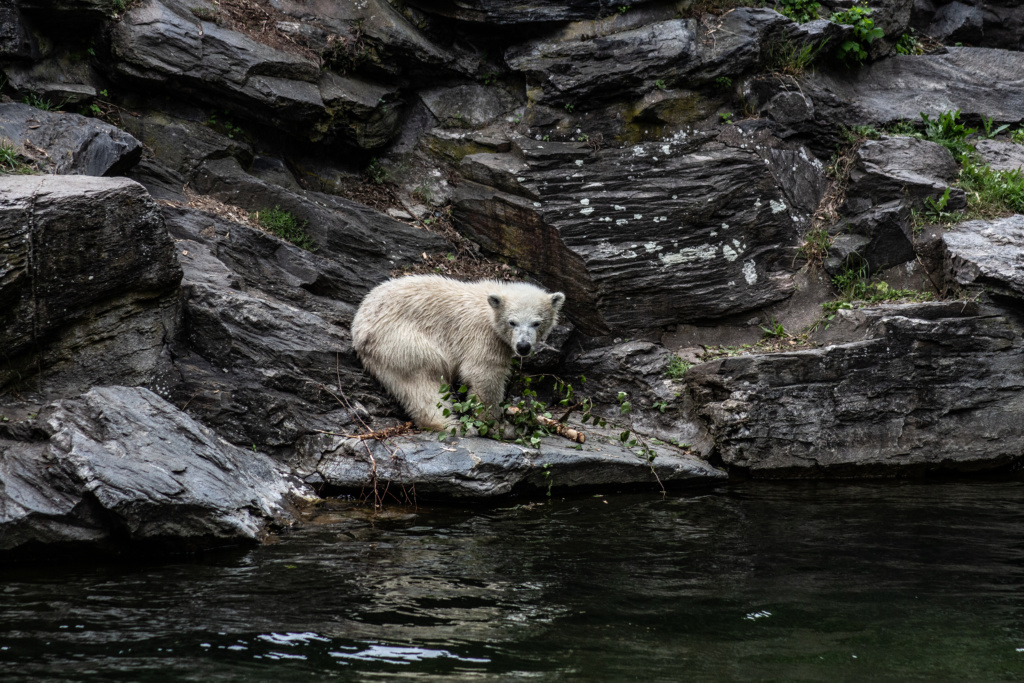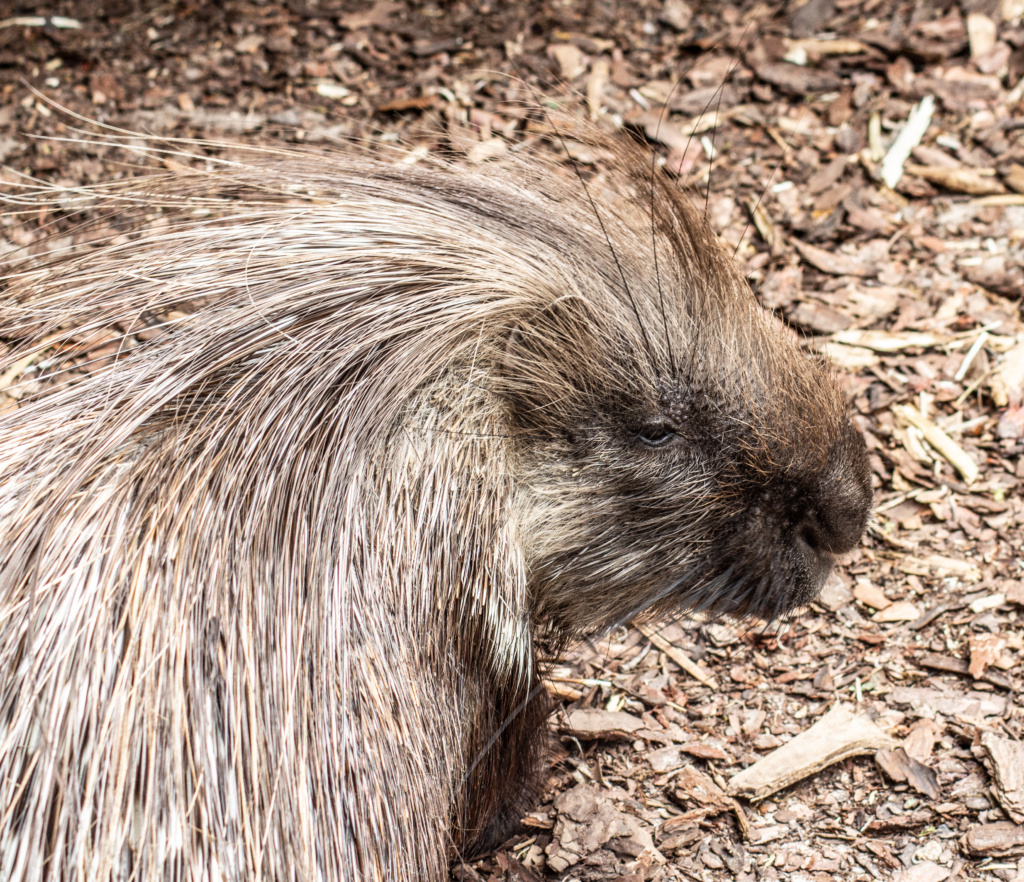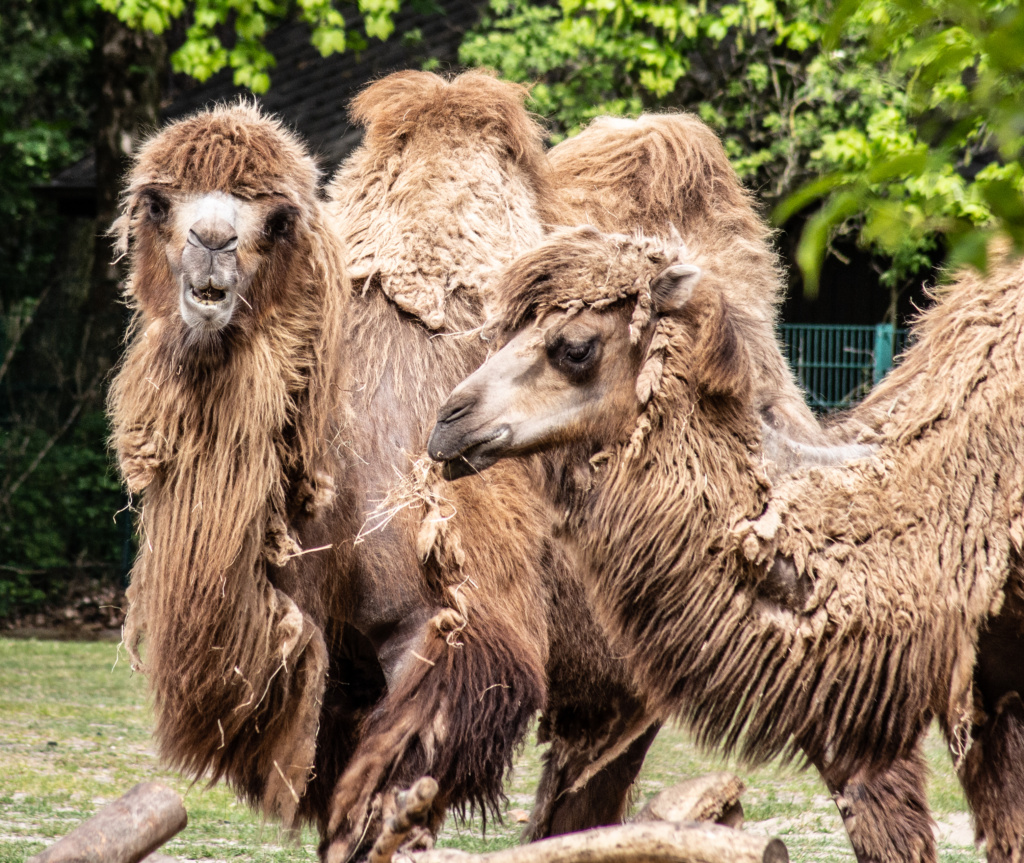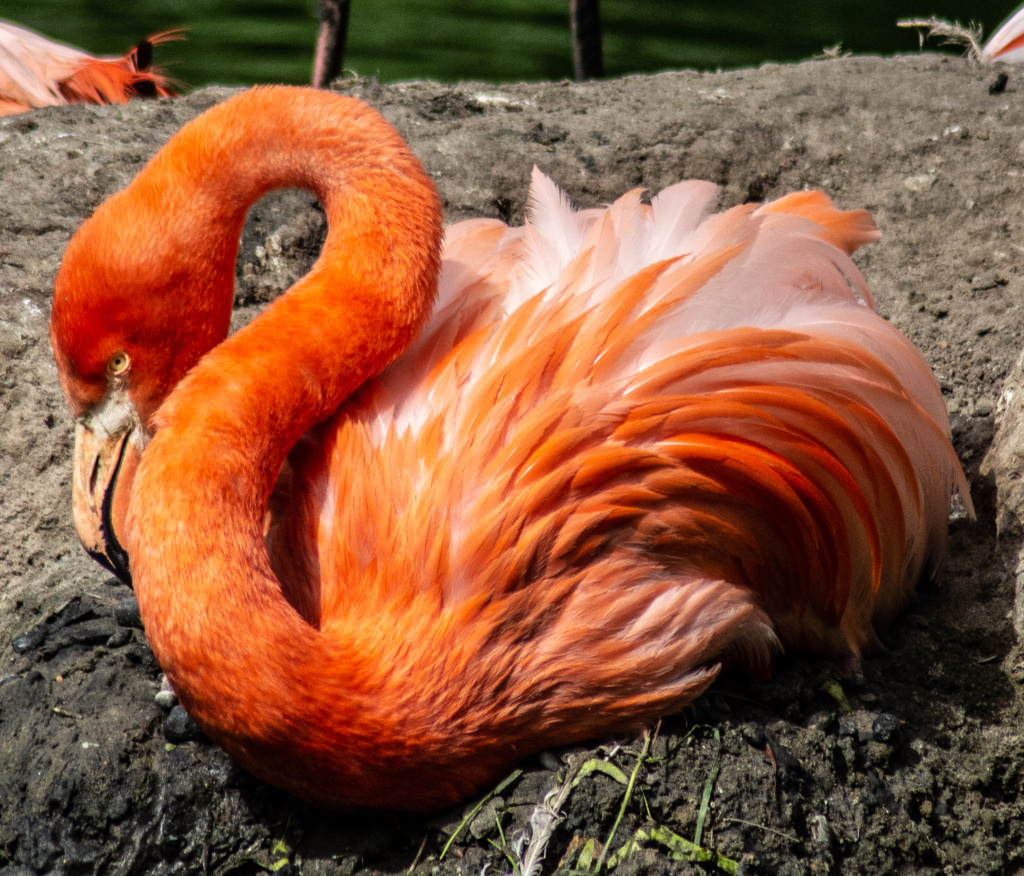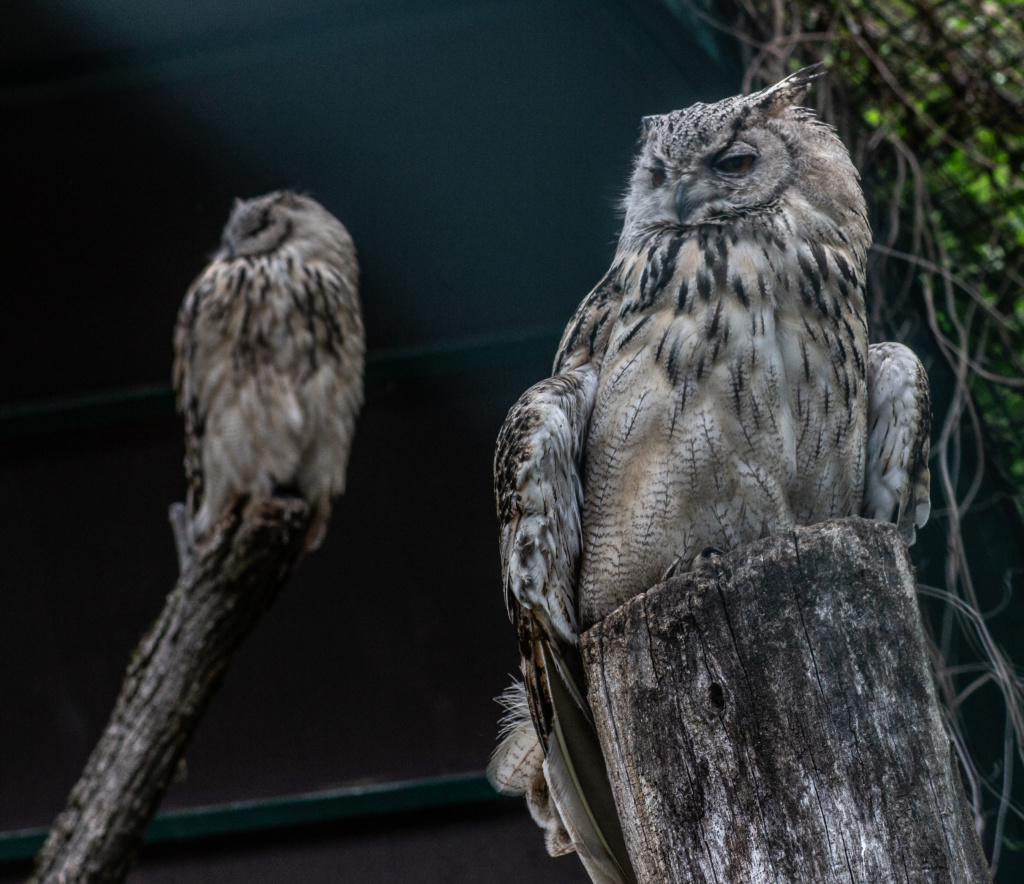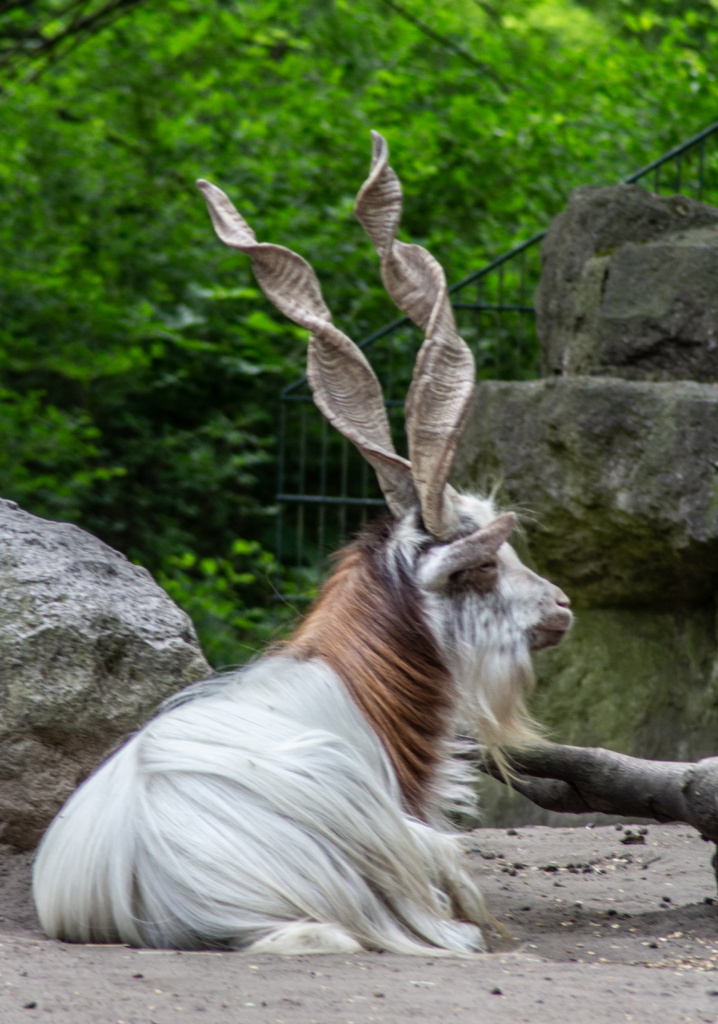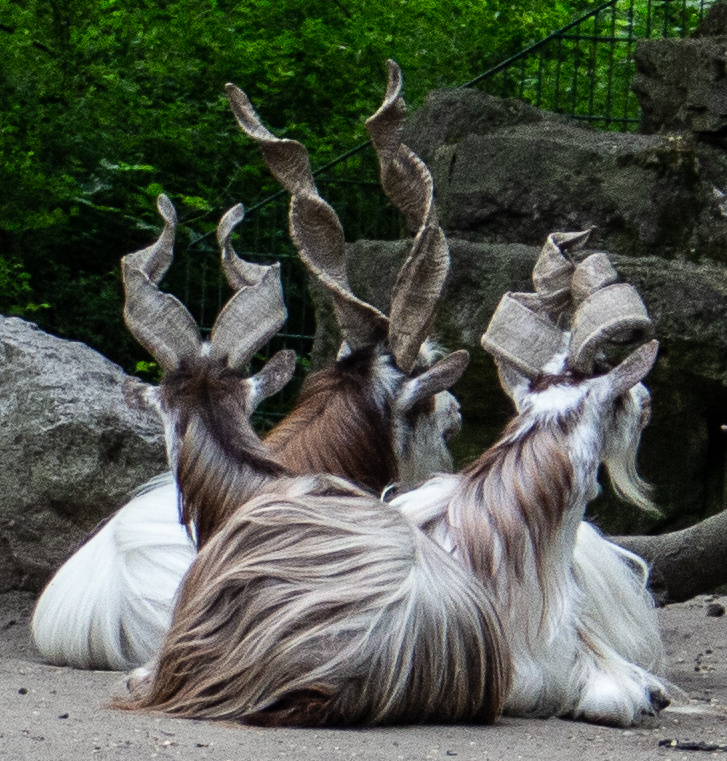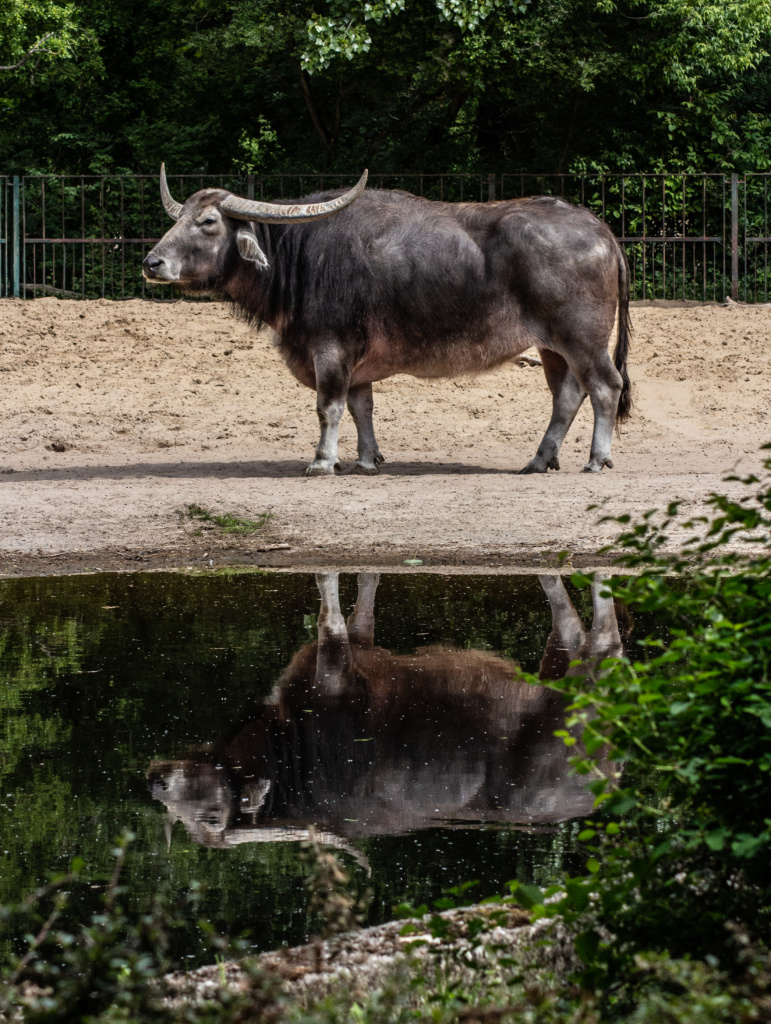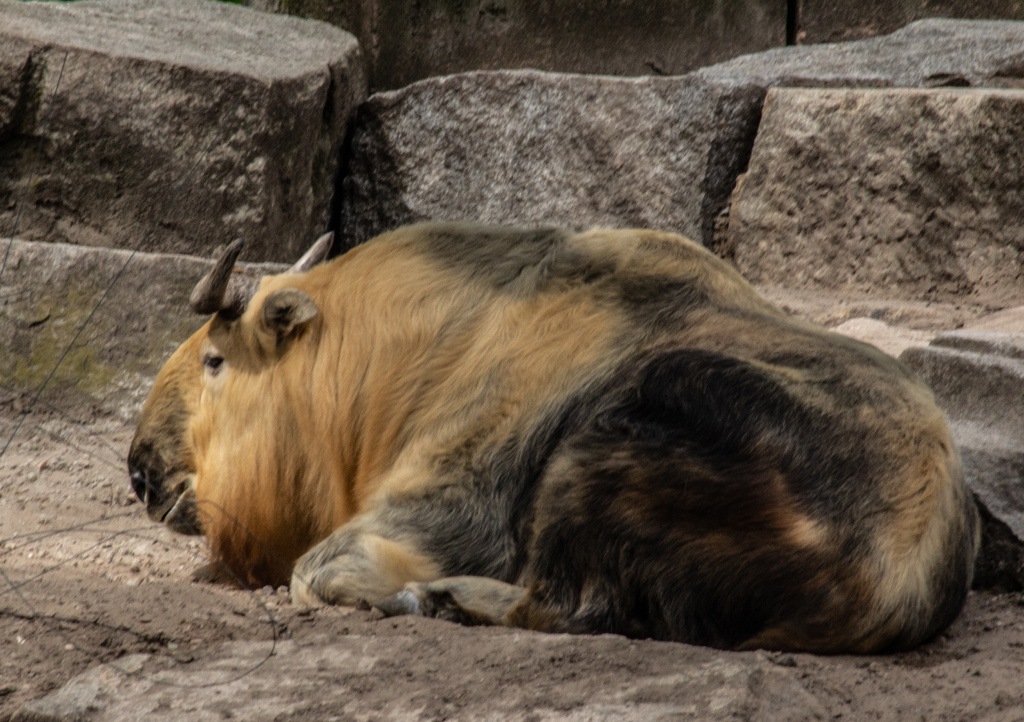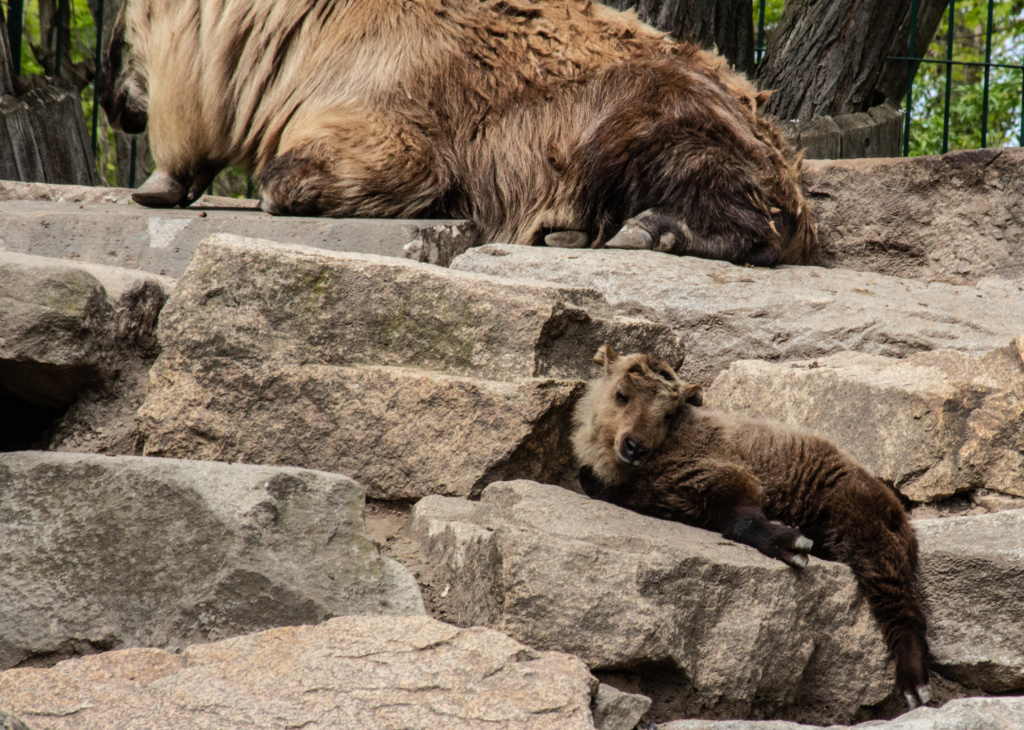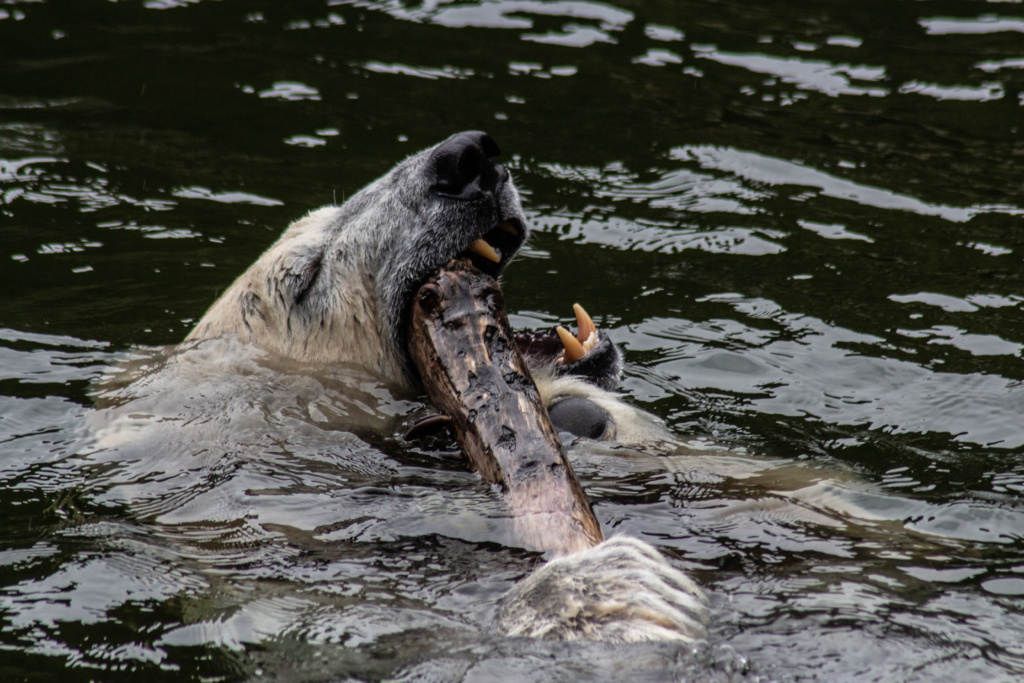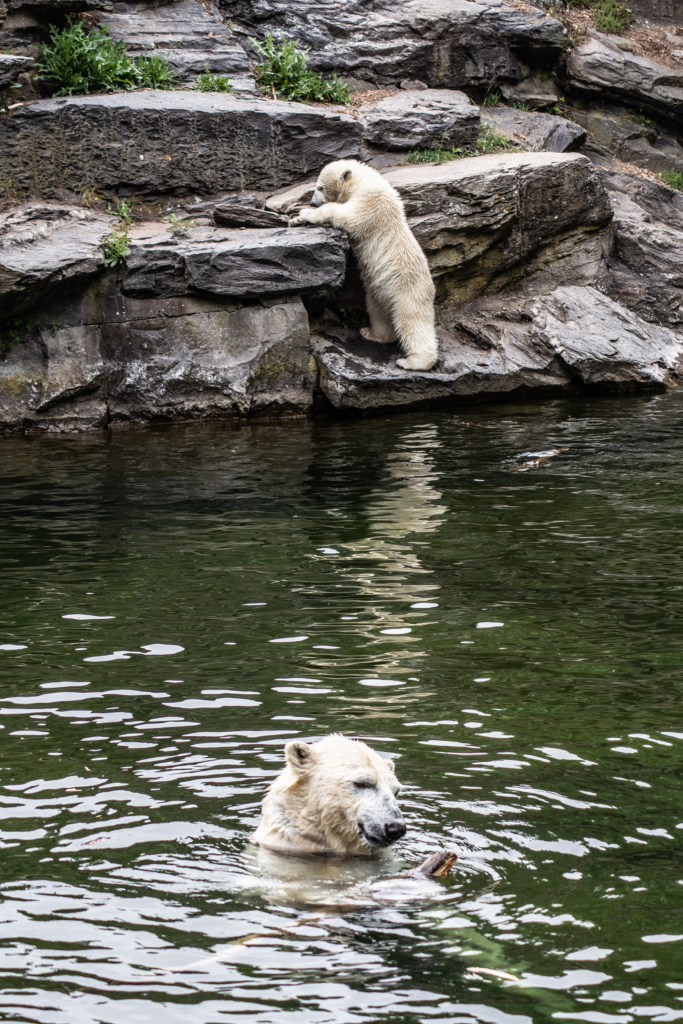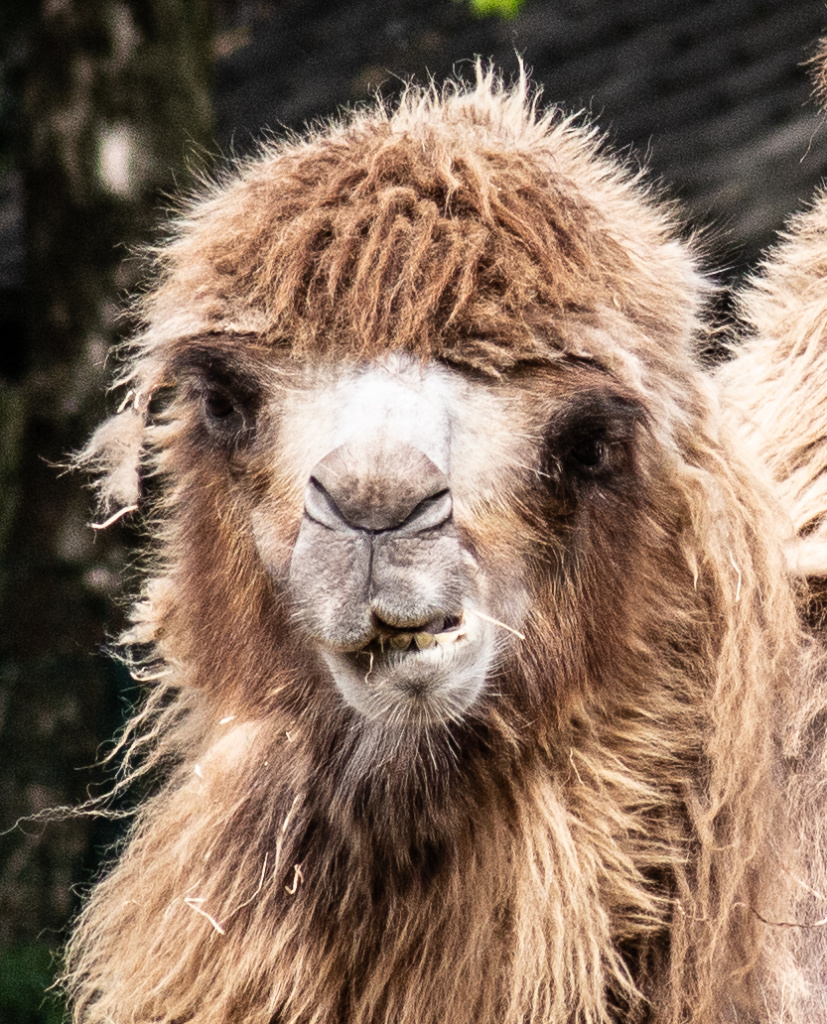Berlin Zoo July 2019
A course in animal photography organised by Tagesspiegel and MS-Photos – Tierfotografie in Berlin und Brandenburg).
On Warnemünde Beach May 2019
Tierpark Berlin May 2019
First time in Berlin? Some tips for your visit
The following is a text I prepared for my Australian godson and his wife, visiting in December 2018:
Here is what springs to mind to make your visit to Berlin as efficient as possible. Berlin is large and sprawling and overwhelming on a first visit, and you can easily end up spending too much time crisscrossing all over the place on public transport or on foot like headless chicken if you do not plan your day.
If I were to tell you all this on the train from the airport, you would go crazy, and I would forget half of it, so here is something you can consult whenever you feel like it and pick and choose from.
First of all, here is what I suggest we do the day you arrive, after “checking in”. We start by walking to Gendarmenmarkt, with one of Berlin’s two major concert halls, about 20 minutes’ walk away. This is the most, if not the only, beautiful square in Berlin. If you like chocolate, one can get an intense chocolate fix in Rausch. Their upstairs café serves delicious, chocolate-themed cakes and desserts and of course hot chocolate with and without booze and with and without chili.
We will check out the Christmas market on Gendarmenmarkt, but it will probably be very crowded so we may not want to stay long. Afterwards we go to Potsdamer Platz where I would like to show you a memorial just outside the Philharmonic, and then the rest of Potsdamer Platz which, in places such as the Sony Centre, is completely over the top in terms of Christmas lights and decorations.
For the rest of your stay, here are some suggestions to pick and choose from.
First a route that will bring you to some of the landmarks and museums you mentioned (Checkpoint Charlie, Brandenburger Tor, Holocaust Memorial, Pergamon Museum (which is actually one of five museums on Museum Island), Berlin Cathedral, the TV tower, and the DDR Museum) – a walk that can be done within a day, although you might not be able to visit all three museums. Then at least you know where they are.
There are two maps because google maps has a meltdown if you try to add more than ten stops to one map.
Map 1 starts at my place and ends at the Pergamon Museum. One of the sights you will pass on the walk is this, which also has a link to a very useful app. You will be passing German History Museum which has a nice café (with bistro-type food and big fat layer cakes) , if you need a pitstop. Go right inside the lobby.
Map 2 continues from Pergamon Museum and on to Alexanderplatz. It ends at the World Clock on Alexanderplatz for the simple reason that if you do this walk on day two of your stay, and you want to come with me to the pub quiz in the evening (which I sincerely hope you will), we can meet there around 17.30, then go for a meal and then to the pub. Incidentally, after a couple of stops on the UBahn, this will take us along an interesting boulevard. And this is the pub.
By the way, the nicest Christmas markets tend to be on the outskirts, with local and regional produce and homemade this, that and the other. One of these would be in the old centre of Spandau, about 50 minutes away on public transport. Given your short time in Berlin, this would only be worth the transport time if you combine it with other visits on the way – we can talk about that when you get here – or with a visit to the Spandau Citadel, which is only really interesting if you are interested in military history (or bats: it is the winter accommodation for around 10.000 bats, of which several species are nearing extinction). Here is one way to get to the Citadel from my place. And here is the walk from the Citadel to the Christmas market.
If you are interested in one of the less than cheerful sights, which makes a big impression on everyone who goes there, you could go to the memorial Gleis 17 in Grunewald first, and then Spandau Citadel and then the Christmas market in Spandau. Here is how to get to Grunewald from my place. And here is how to get from Grunewald to the Citadel in Spandau.
In terms of intensive shopping, there are several options (in no particular order):
1. In the unlikely event that you crave seeing Potsdamer Platz again, there are two shopping malls there: Potsdamer Platz Arkaden and Mall of Berlin (which is strictly speaking on Leipziger Platz but you can see it from Potsdamer Platz). I doubt you would find either of them particularly interesting.
2. Go west, if for no other reason than to see an area of Berlin (the posh, bourgeois area ;-)) which architecturally is very different from the central and eastern part. Take bus M29 from the corner of Lindenstrasse and Oranienstrasse to Wittenbergplatz. Wittenbergplatz is also an U-Bahn station on the U2 line.
Start in KaDeWe (Kaufhaus des Westens), besides Harrod’s the biggest, and probably also the most expensive department store in Europe. Their delikatessen department on the sixth floor is a sight to behold.
Back in the street, walk along Tauentzienstrasse with a lot of shops all the way to Karstadt the department store. On the way, you will see the Christmas market on Breidscheidtplatz and the iconic church which I am sure you will recognise when you see it. On one side of the church, the side that faces away from Tauentzienstrasse/Kurfürstendamm, is the memorial for the victims of the 19 December 2016 truck attack on the adjacent christmas market.
Beyond Karstadt the department store, along Kurfürstendamm, you will find all the big brands like Armani, Versace etc. If you want to rest your feet and see it all, including the Christmas lights on Kurfürstendamm, from the top of a double-decker bus, take the M19 or M29 from the other side of the street from Karstadt, for as long as you can be bothered, but when you get to Halensee, it is time to get off, cross the street, and take a bus back again.
By the way, another, more scenic way to get from east to west is by taking bus 100 or 200 from Alexanderplatz to Bahnhof Zoologischer Garten (or vice versa). It goes past many landmarks and it is a good way to get your bearings and an idea of the distances and where everything is. Especially when it rains or your feet are too sore for walking.
3. Steglitz between Walther Schreiber Platz and U-Bahnhof Rathaus Steglitz. Lots of shops and three shopping malls. It seems far away, but I like it as a shopping area.
4. Closest to my place: Alexanderplatz, with a.o. Primark, Galeria Kaufhof Department Store, C&A, several shops between the TV tower and the city hall (“Rotes Rathaus”), as well as the (at least from the outside) ugliest shopping mall in the world, Alexa. Many useful shops and a food court inside. Just across from Alexa, you will find Bus 248 which stops at Jewish Museum which is also the stop you use to get to my place.
Museums that you have not mentioned yourself, but are reputed to be excellent:
Museum of Technology within walking distance from my place.
Jewish Museum, two minutes away from my place, currently with an exhibition about Jerusalem and its 3000 year history.
Computer Games Museum. (Is on the way to the pub quiz pub).
Museum of Natural History. Several large dinosaur skeletons. The museum itself is not particularly large. Taking area and direction into account, this can conveniently be combined with a visit to an excellent wall information centre and memorial and to Berlin Unterwelten Map. For a pitstop near the memorial, I can recommend this pub (the Mitte Branch of the pub where we are going for the quiz on Wednesday). It is just across Invalidenstrasse from the SBahn Nordbahnhof. They have excellent coffee and craft beer. They do not serve food but you may bring your own takeout. I can also recommend a Vietnamese restaurant in the area if relevant. Here is how to get to Berlin Unterwelten from my place. If you choose to go via Anhalter Bahnhof, now just an underground SBahn station, you will see the ruins of the original station, for a while used to deport people to the concentration camps, now a memorial. And just up the road from Anhalter Bahnhof is the Berlin Story Bunker, with the documentation “Hitler – how could it happen. Reputed to educate you on everything there is to know about Hitler and how he came to power. Here is yet another map.
And here are two more Chistmas markets I think you should see, or rather, it is their location I think you should see. There just happens to be Christmas markets in both places. Also, they are in each their area of Berlin which are individually different, and different from other areas (I don’t know if that makes sense, but that is Berlin for you).
Klunkerkranich, can be combined with a stroll along Sonnenallee. Map.
Holzmarkt25. Can be combined with Oberbaumbrücke, East Side Gallery, and Markthalle IX. Map.
Other things:
I found this guided tour very interesting (and it would definitely have resonated with Drew’s paternal grandfather due to the RAF airlift in 1948/49): A guided tour of Tempelhof Airport. If it is not too cold, a walk on the airfield (scroll down a bit) before or after is impressive. It still has the status of a city-managed park and has so far, thanks to citizen protests and a referendum), avoided falling into the sticky claws of property developers (despite a severe shortage of housing in Berlin).
Can be combined with a walk in Bergmann-Kiez, and Marheineke Markthalle. Map. Alternatively with above-mentioned Klunkerkranich.
Märkisches Museum, the history of Berlin since its founding in 1237. Can be combined with the very nearby Historischer Hafen. Map.
This documentation centre is excellent: Topography of Terror. Can be combined with a balloon ride (when it is in the air, you can see it from your room), and a visit to Martin Gropius Bau (beautiful building with contemporary art), and the Spy Museum. Map.
Confused? But I have not even mentioned the Christmas-festive Botanical Gardens, nor all the modern and contemporary art exhibitions and museums (except one, Martin Gropius Bau)(which is my real area of expertise :-)). There are even a couple of places within five minutes walking distance from my place.
Can’t wait to see you!!!!
Lamb shanks in a spicy yoghurt curry
8 lamb shanks
14 garlic cloves, chopped
2 large knobs of fresh ginger, chopped
4 tsp mild paprika
2 tsp coriander powder
Grind garlic and ginger to a paste and add the paprika and coriander powder. Smear all over the lamb shanks, put in a tightfitting plastic bag and marinade, turning from time to time, overnight.
8 tblsp olive oil (that is what I always use but others prefer a lighter vegetable oil
10 cloves
2 cassia bark (genuine cinnamon) sticks, broken in half
12 cardamom pods, slightly crushed
26 black peppercorns
4 onions, peeled and chopped
4 green chilies, coarsely sliced
1 tsp paprika
2 tsp turmeric powder
4 tsp coriander powder
3 tblsp tomato puree
8 tblsp full-fat yoghurt
Up to a half liter water
Juice of 2-3 limes
Heat the oil and sizzle the cloves, cassia bark sticks, black peppercorns and cardamom pods for a minute or two.
Add the onions and cook on medium heat for up to 15 minutes until the onions start to caramellise.
Add the chillies, coriander and turmeric. Add a little bit of water if the mixture gets too dry.
Mix in the tomato puree.
At this point, the mixture can be frozen till the day you are going to serve the lamb shanks.
Or you can proceed to add the lamb shanks, turning them over so they seal evenly. Add yoghurt and water and cook for a couple of hours, turning the shanks occasionally, till the meat is very tender.
Add lemon juice, test for salt, garnish with chopped fresh coriander and/or thin onion slices.
Chicken and cashew nut curry
1,2 kg chicken pieces, skin removed
250 g cashew nuts
15 garlic cloves, peeled and chopped
4 cm fresh ginger, peeled and chopped
2 large onions
2 tblsp coriander seeds
1 tblsp cumin seeds
5 whole red chillies
10 cloves
2 cassia bark (genuine cinnamon) sticks
100 g grated coconut
1 dl olive oil (or a lighter vegetable oil if you prefer)
Blitz 100 g of the cashew nuts with a bit of water to a thick, smooth paste. Set aside.
In a large frying pan, dry-roast the garlic, ginger, onion, coriander seeds, cumin seeds, red chillies, cloves, cinnamon, and 75 g of the cashew nuts over a low heat for five minutes.
Add the coconut and roast, stirring, till the coconut starts to brown. Leave to cool.
Blend this mixture with 2-3 dl water to a very smooth paste.
Heat the oil in a wide cooking pot, add the blended spice mixture and fry for ten minutes over a low heat.
Add the ground cashew nut paste with some salt and fry for another two to three minutes.
At this point, the mixture can be frozen till the day you are serving the chicken.
Or you can proceed to increase the heat, add water to the desired thickness, bring to the boil, add the chicken, turn to medium heat, add the rest of the cashew nuts, and simmer till the chicken meat is done.
Black-eyed beans in a spicy tomato gravy
250 g black-eyed peas
A good knob of fresh ginger, peeled and chopped
8 garlic cloves, chopped
2 fresh chilies, e.g. jalapeño, deseeded and chopped
6 cl oil (I always use a good olive oil, but others prefer lighter vegetable oils)
3 onions, chopped
2 tblsp ground cumin
1 tblsp ground coriander
1 tsp cayenne pepper
4 dl chopped tomato
Salt
Black pepper
Juice of 1 lime (or 2, if you bought it in Denmark where the quality is most often abysmal and getting juice from a lime is much like drawing water from a stone …..).
2 tblsp chopped fresh coriander leaves and 1 small thinly sliced red onion for garnish
Rinse the black-eyed peas and soak them in plenty of water for about 8 hours or overnight. Discard the soaking water. Cook the peas in plenty of water for 45-50 minutes.
Grind the ginger, chili pepper and garlic to a paste.
Heat the oil and sizzle the onions at medium heat for at least ten minutes, till they start to caramellise.
Add the garlic paste and cook, stirring, for a couple of minutes.
Add the cumin, coriander and cayenne, stir and cook for another minute.
Add the tomato and cook, stirring occasionally, for 15 minutes.
This sauce can now be frozen until the day you need to serve it.
Or you can add the black-eyed beans straightaway and cook for another 15 minutes.
Season with salt and black pepper, add the lime juice, and garnish.
Braised squash with chickpeas and harissa
Serves four
60ml olive oil
2-3 banana shallots, peeled and chopped
1 garlic clove, peeled and thinly sliced
1 tsp ground cumin
4 whole cardamom pods, crushed to release the seeds, pods discarded
Salt and black pepper
2½ tbsp harissa paste
½ tsp rose water
500ml vegetable stock
1 large butternut squash, peeled and cut into 4cm dice (800g)
400g tinned cooked chickpeas, drained and rinsed
7 dried apricots, thinly sliced
20g preserved lemon skin, roughly chopped
10g coriander leaves, roughly chopped
150g Greek yoghurt
Heat the oven to 220C/425F/gas mark 7. In a large saute pan for which you have a lid, heat two tablespoons of oil on a medium-high flame. Add the shallots and fry for seven to eight minutes, stirring every so often, until soft and caramelised, then stir in the garlic, spices, half a teaspoon of salt and plenty of pepper, and fry for two minutes longer. Add the harissa, rose water, stock and 200ml water, bring to a boil, then lay in the squash pieces in a single flat layer. Turn down the heat to medium, cover and leave to simmer for 10 minutes, until almost cooked through.
Take the pan off the heat and transfer the squash to a medium bowl, using a slotted spoon. Add two tablespoons of oil, a quarter-teaspoon of salt and some pepper to the bowl, mix to coat, then spread out the squash on an oven tray lined with baking paper. Roast for 20 minutes, until golden-brown and cooked through, then leave to cool.
While the squash is roasting, tip the chickpeas, apricots and preserved lemon into the stock left in the pan, bring to a boil on a medium-high heat and cook for about 12 minutes, until the sauce reduces a little and becomes thick and rich. While they’re cooking, crush a few chickpeas with the back of a spoon, to thicken the mix further.
To serve, divide three-quarters of the squash between individual bowls and spoon over the chickpea sauce. Top with the rest of the squash, sprinkle with the chopped coriander and serve at once with some yoghurt alongside.
Black lentil dhal
- 200 g dried black lentils, thoroughly rinsed, soaked and cooked according to instructions on the package (….. can also be used)
- 3 tblsp ghee or oil
- 3 medium red onions
- 5 large garlic cloves, finely chopped
- 1 tsp ginger, chopped
- 2-3 green chilies, halved lengthwise
- 1 tsp ground turmeric
- 4 black cardamom pods
- 1 cinnamon stick
- 2 tsp cumin seeds, freshly ground
- 2 tsp coriander seeds, freshly ground
- 2 tblsp tomato puree
- 1 tin tomatoes
Sizzle the onions, garlic and ginger in the ghee or oil till the onions turn translucent and start to brown only slightly. Add the chilies and the spices and cook for another five minutes. Add the tomato puree, stir. Then add the cooked lentils, mix well, and add the tinned tomatoes. Simmer for a while to let the flavours blend.

